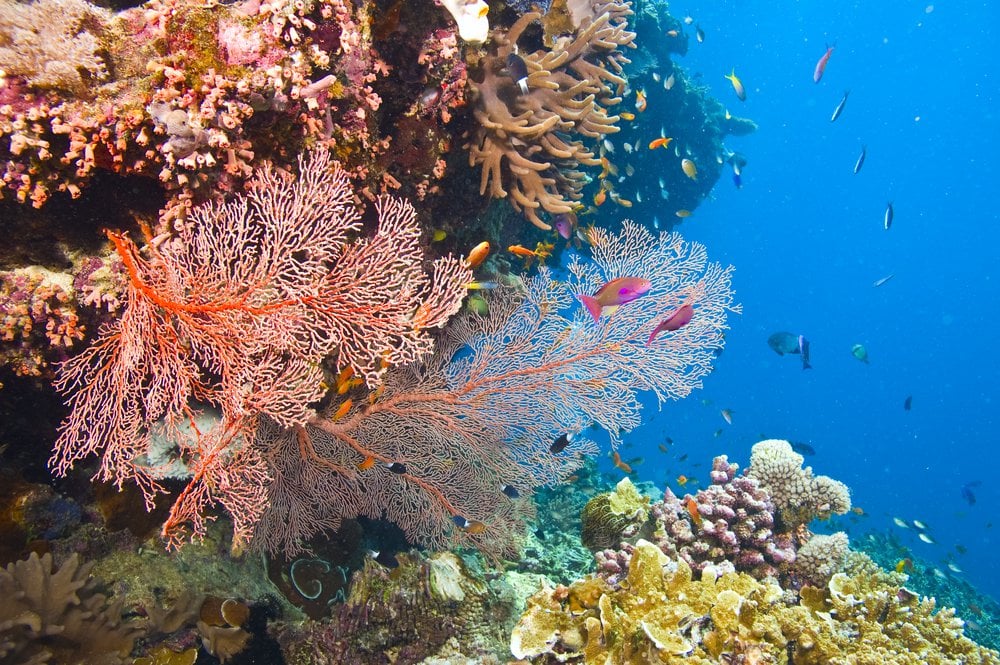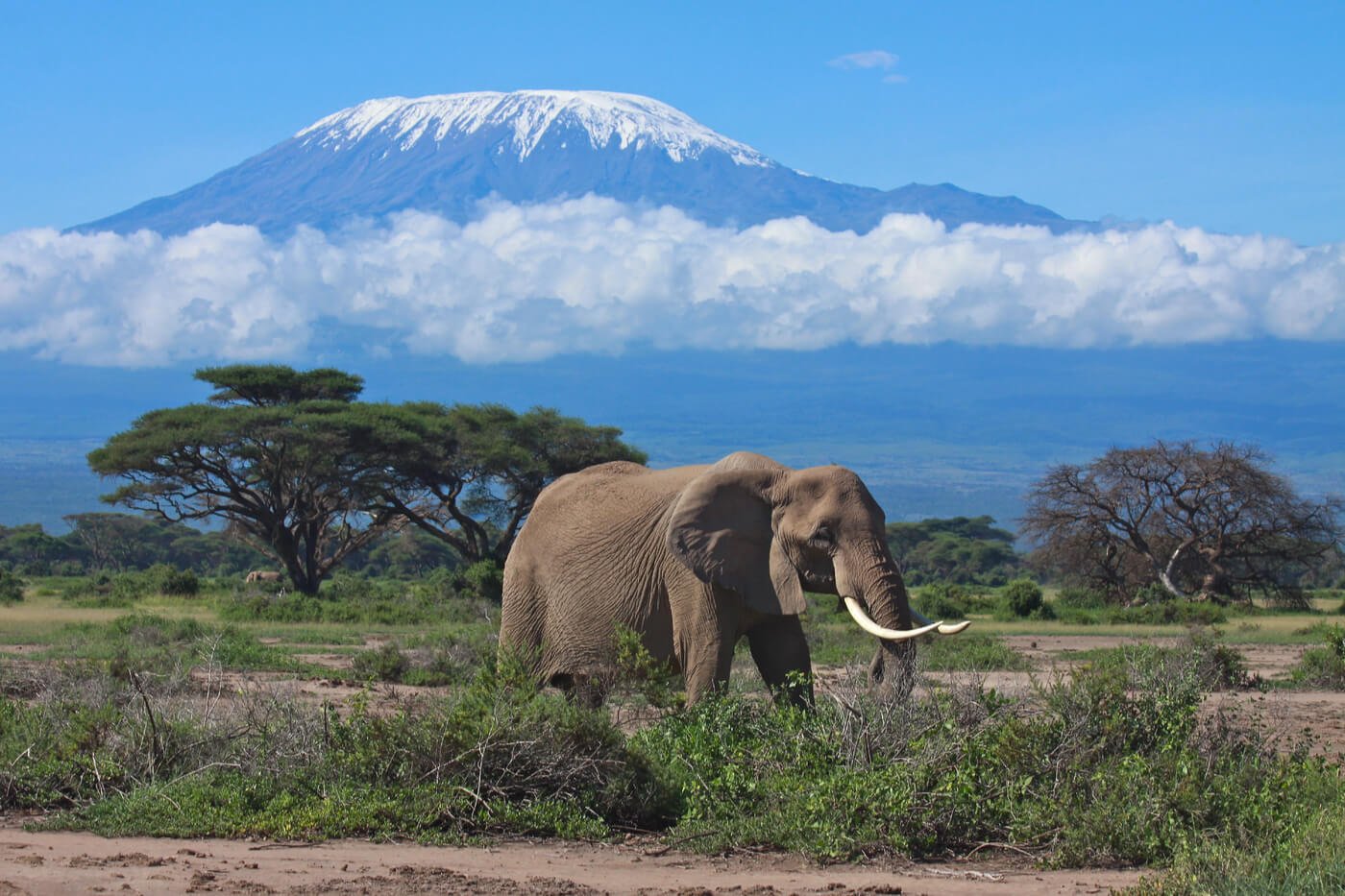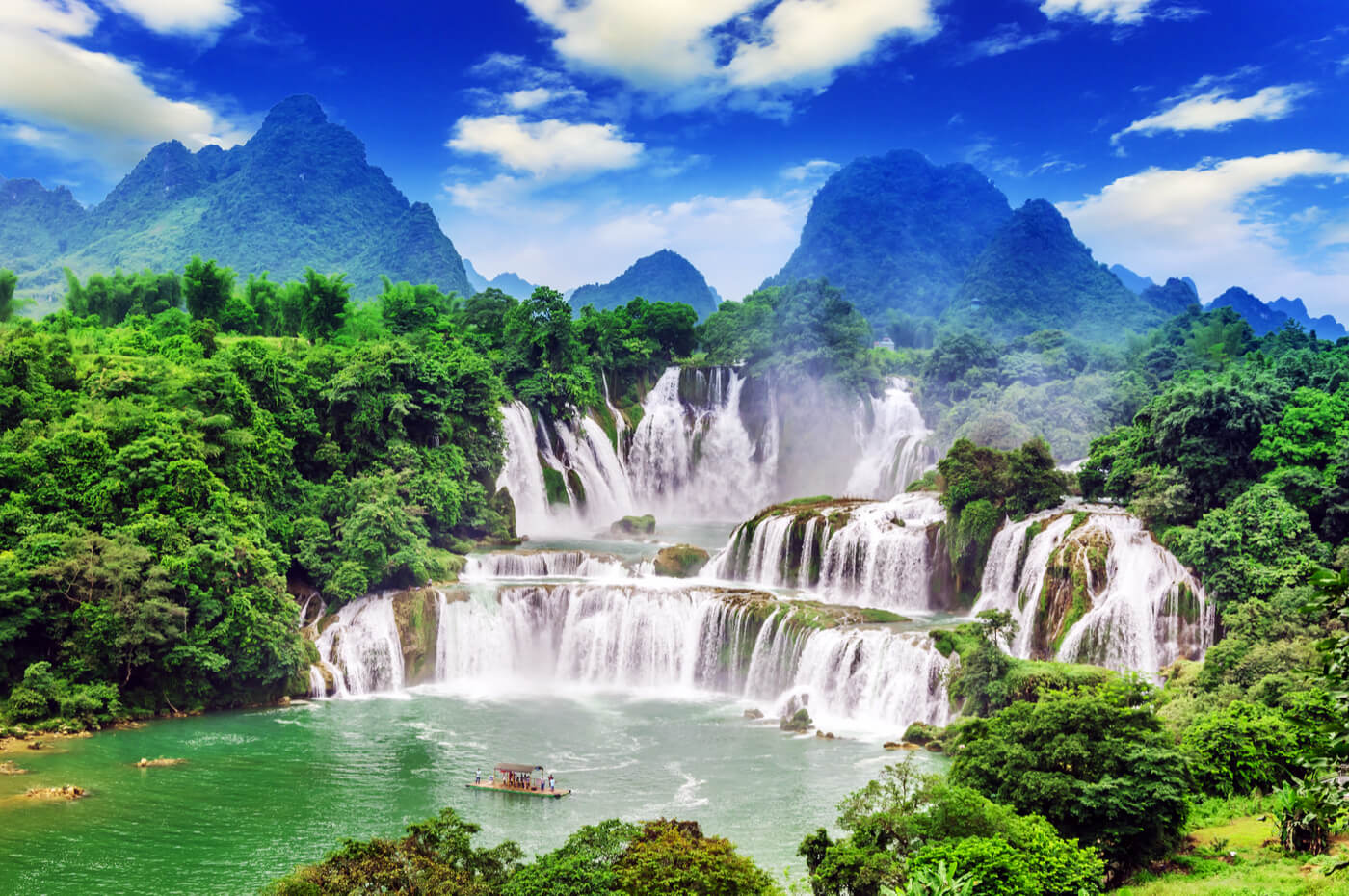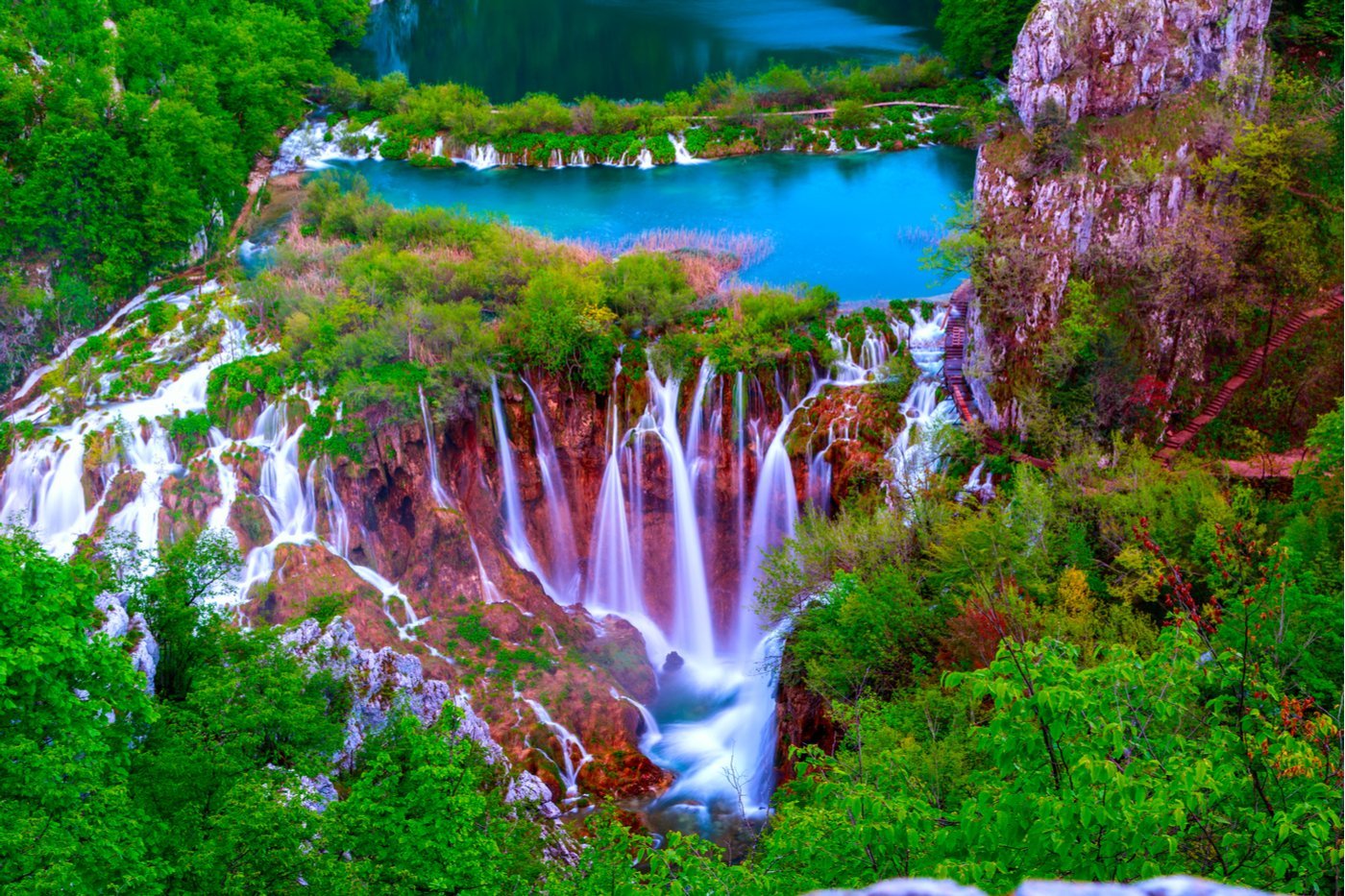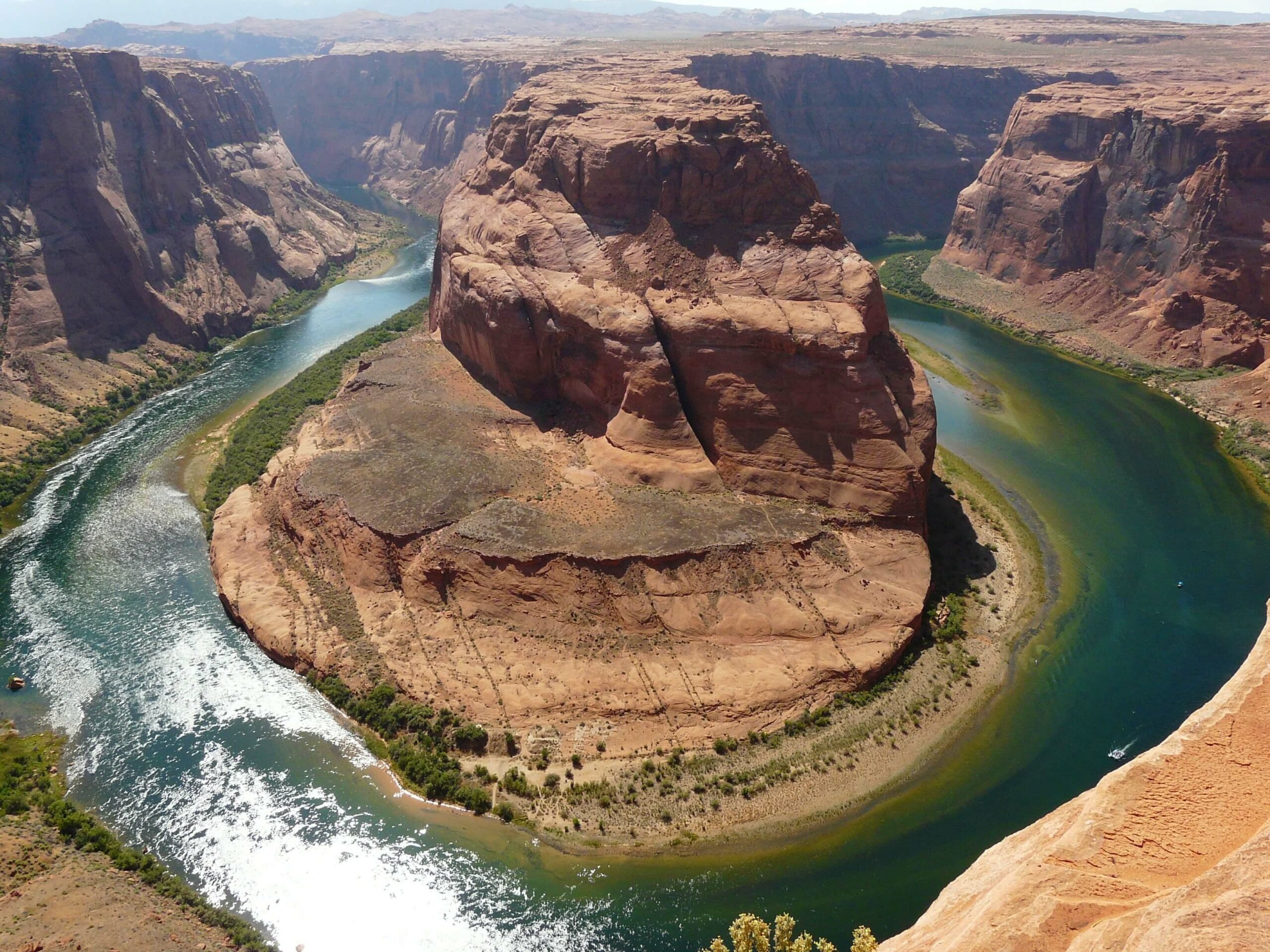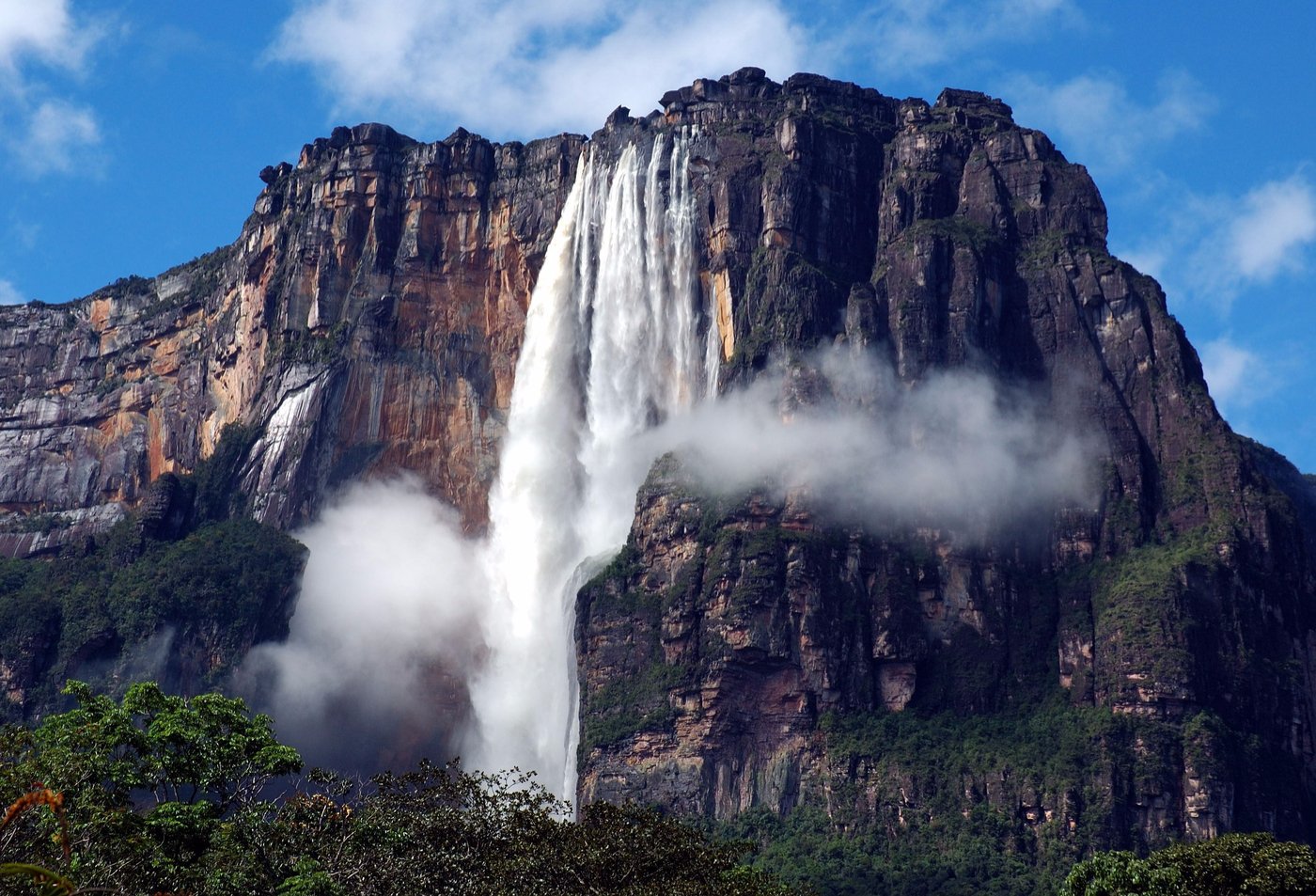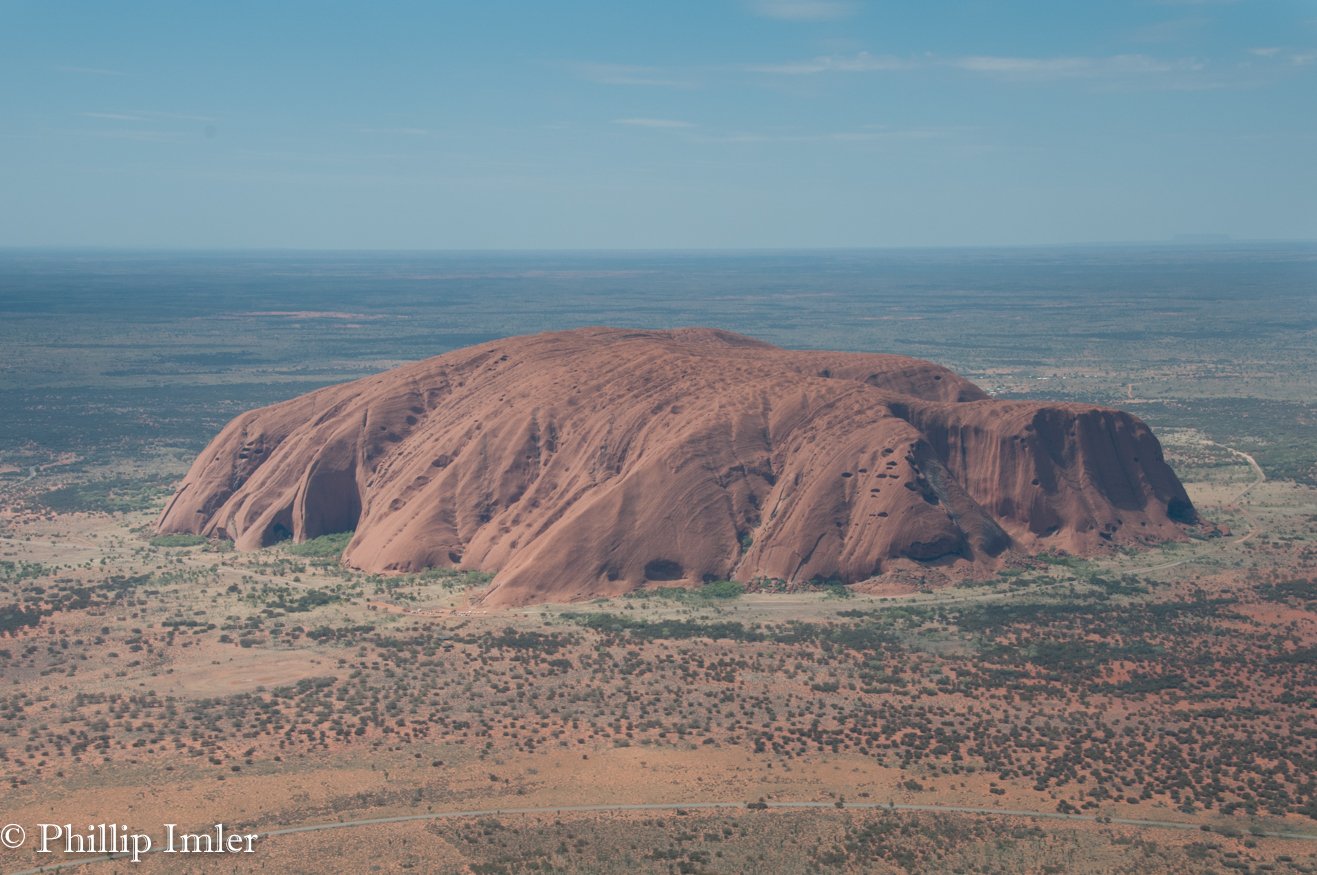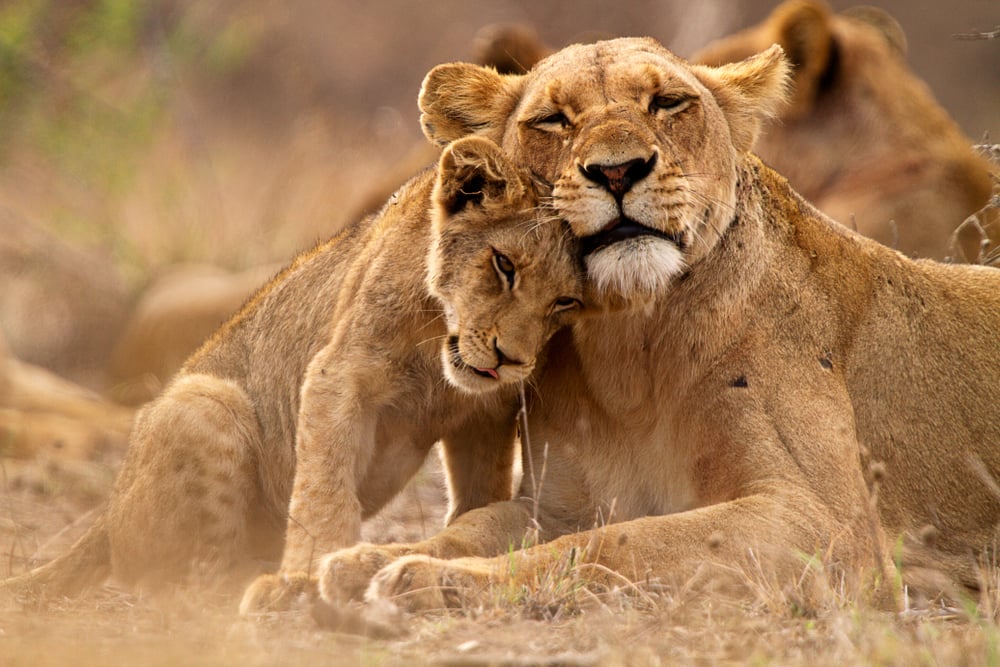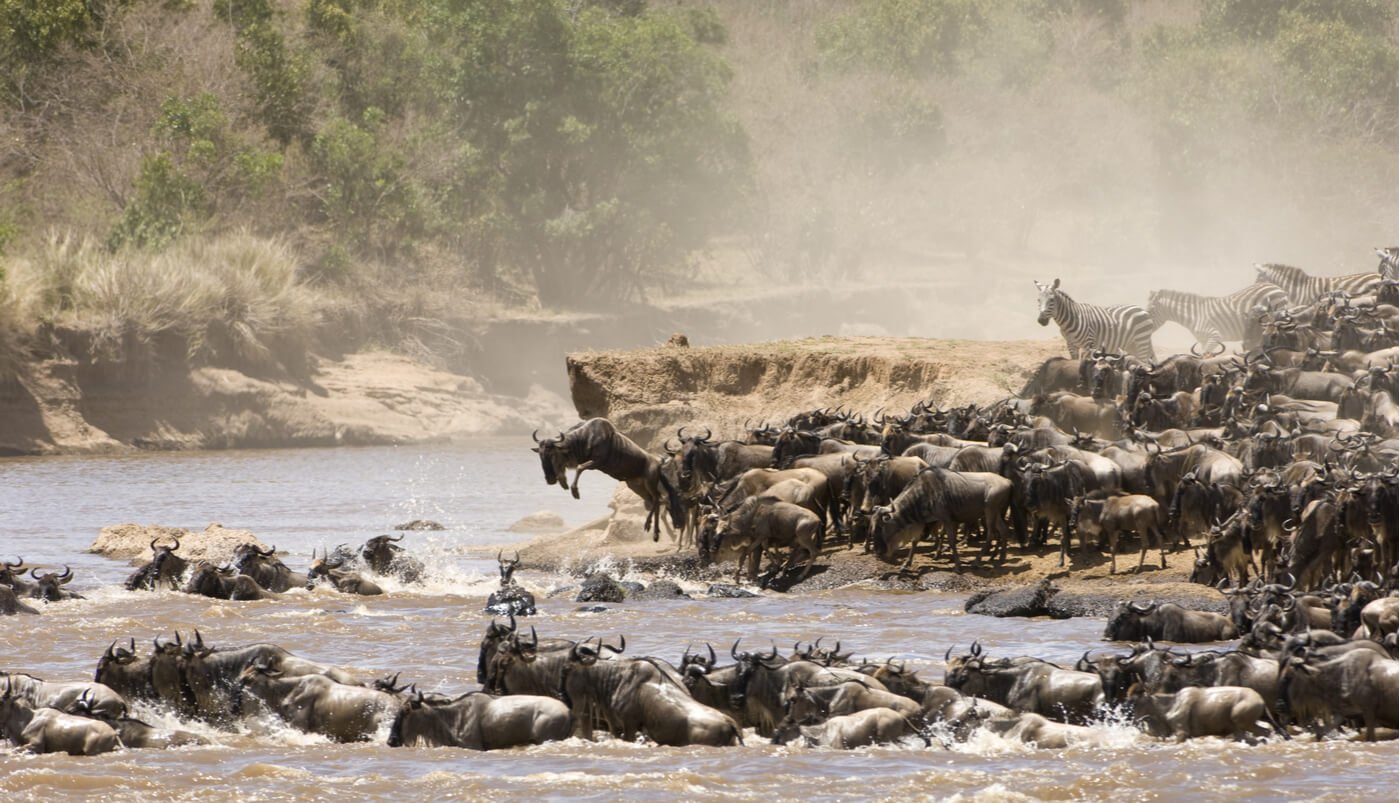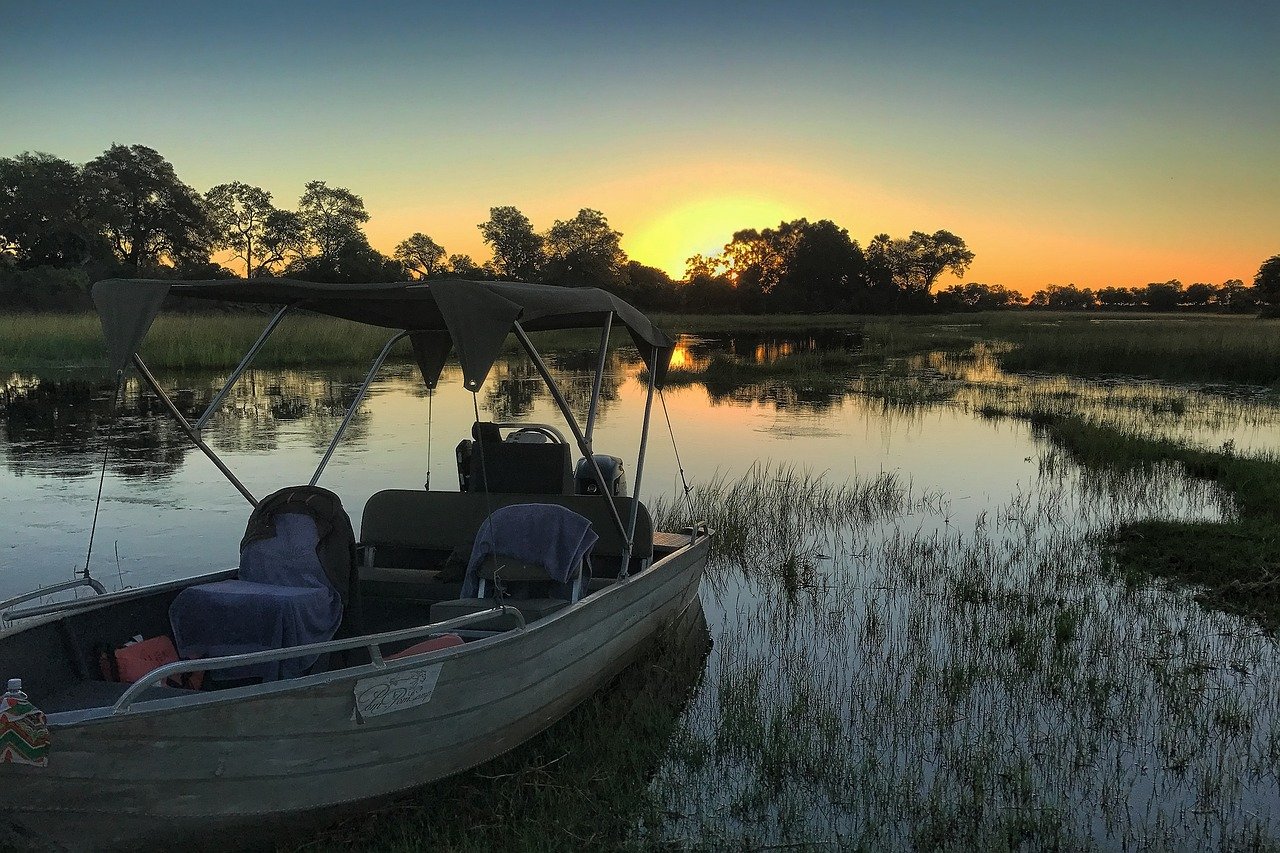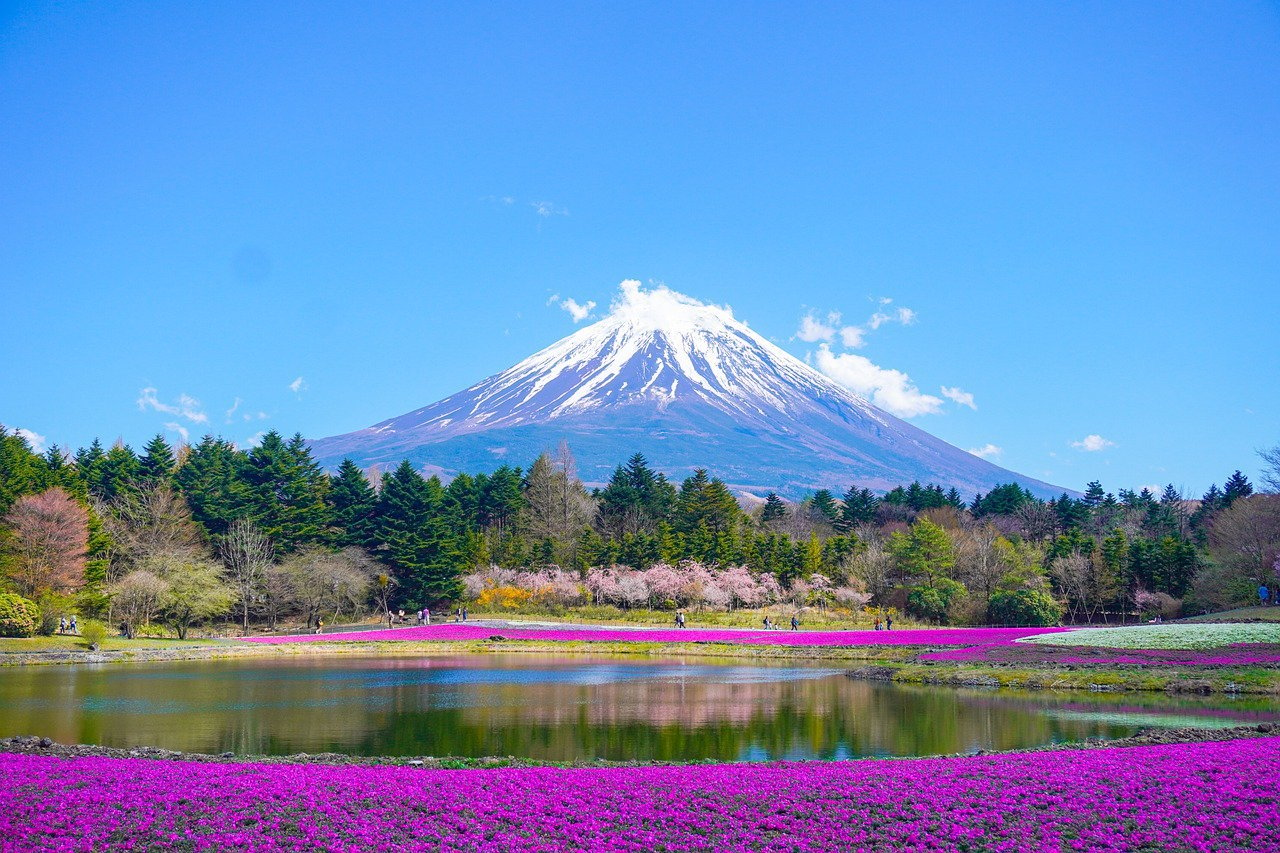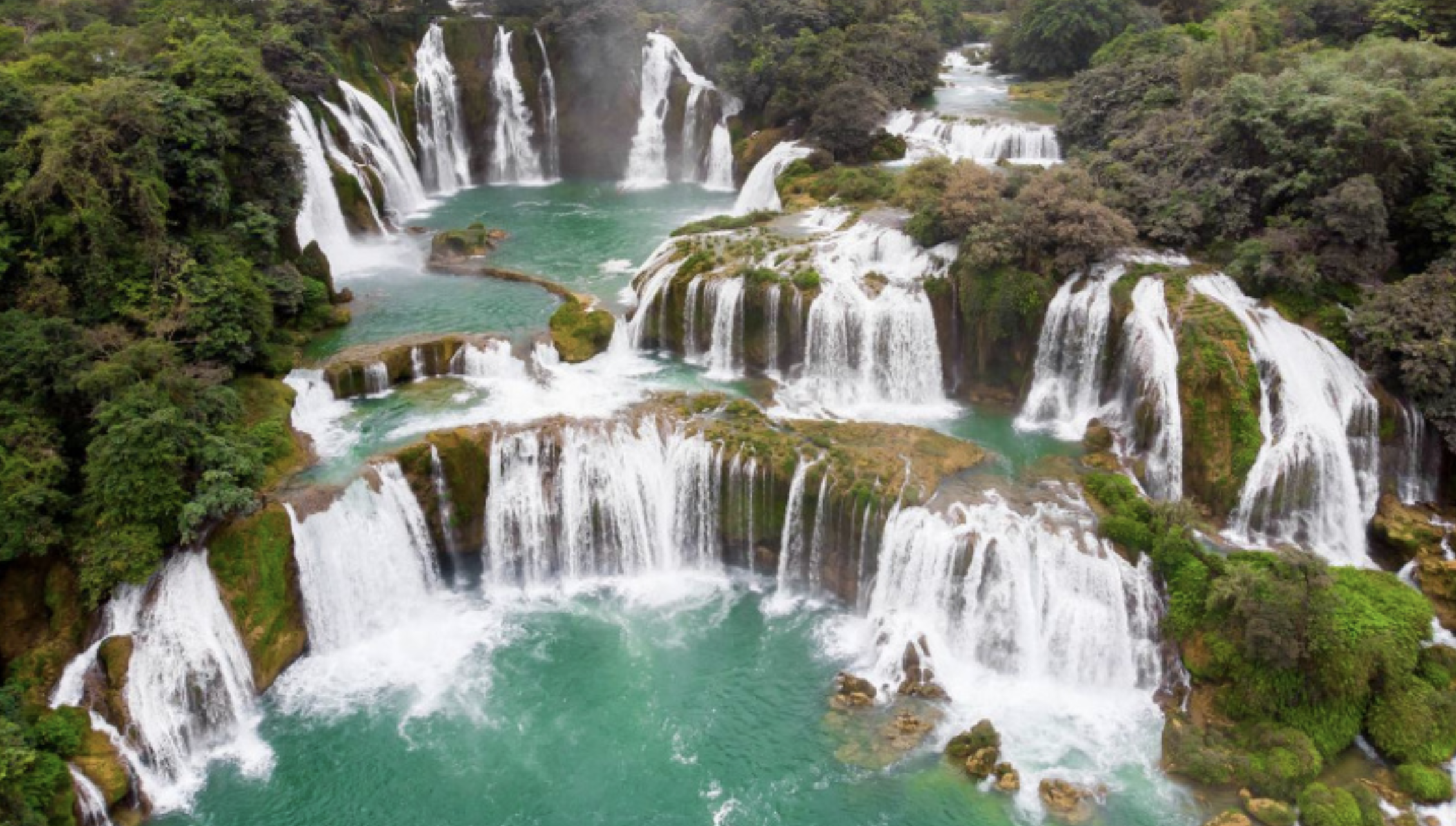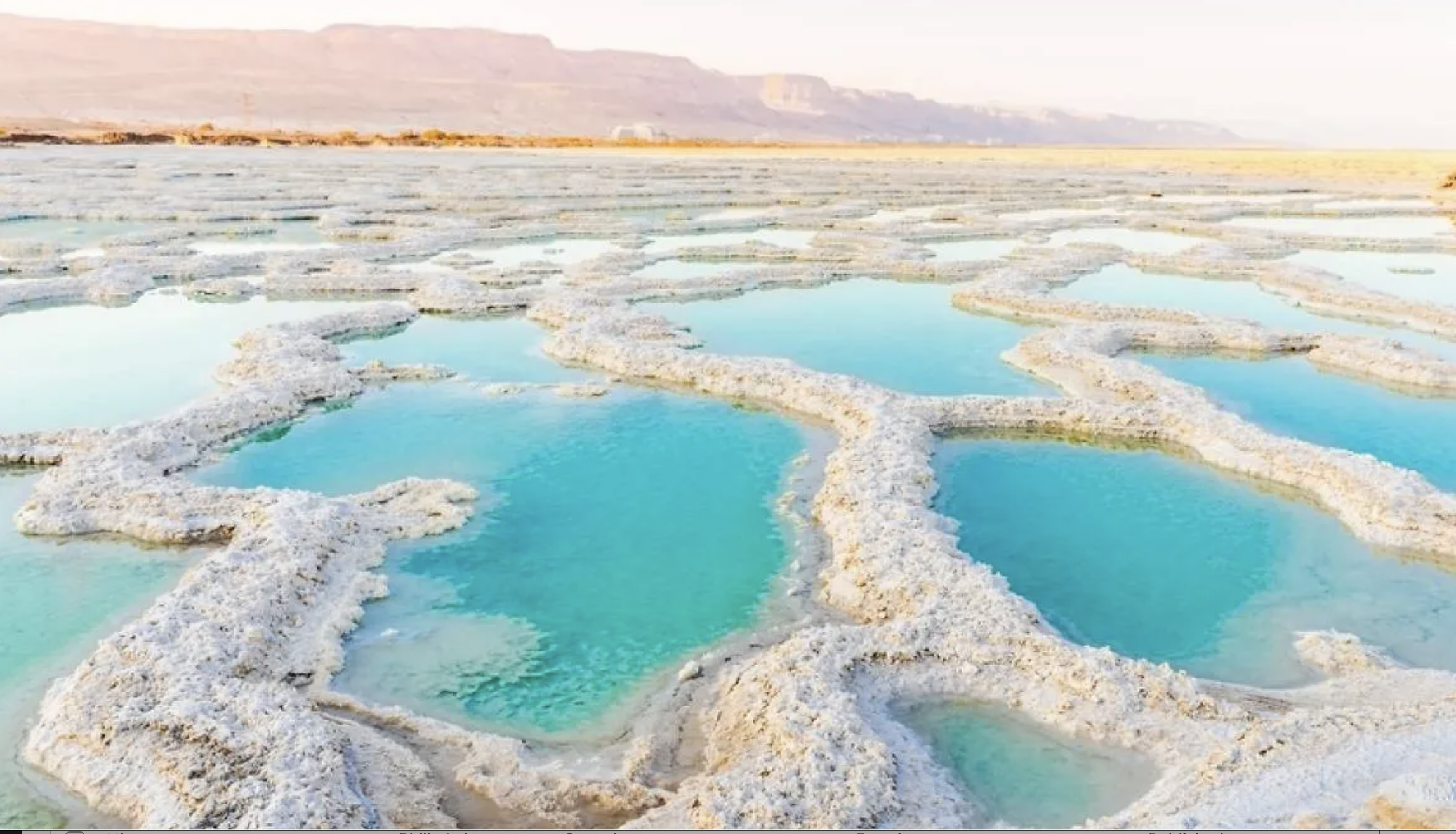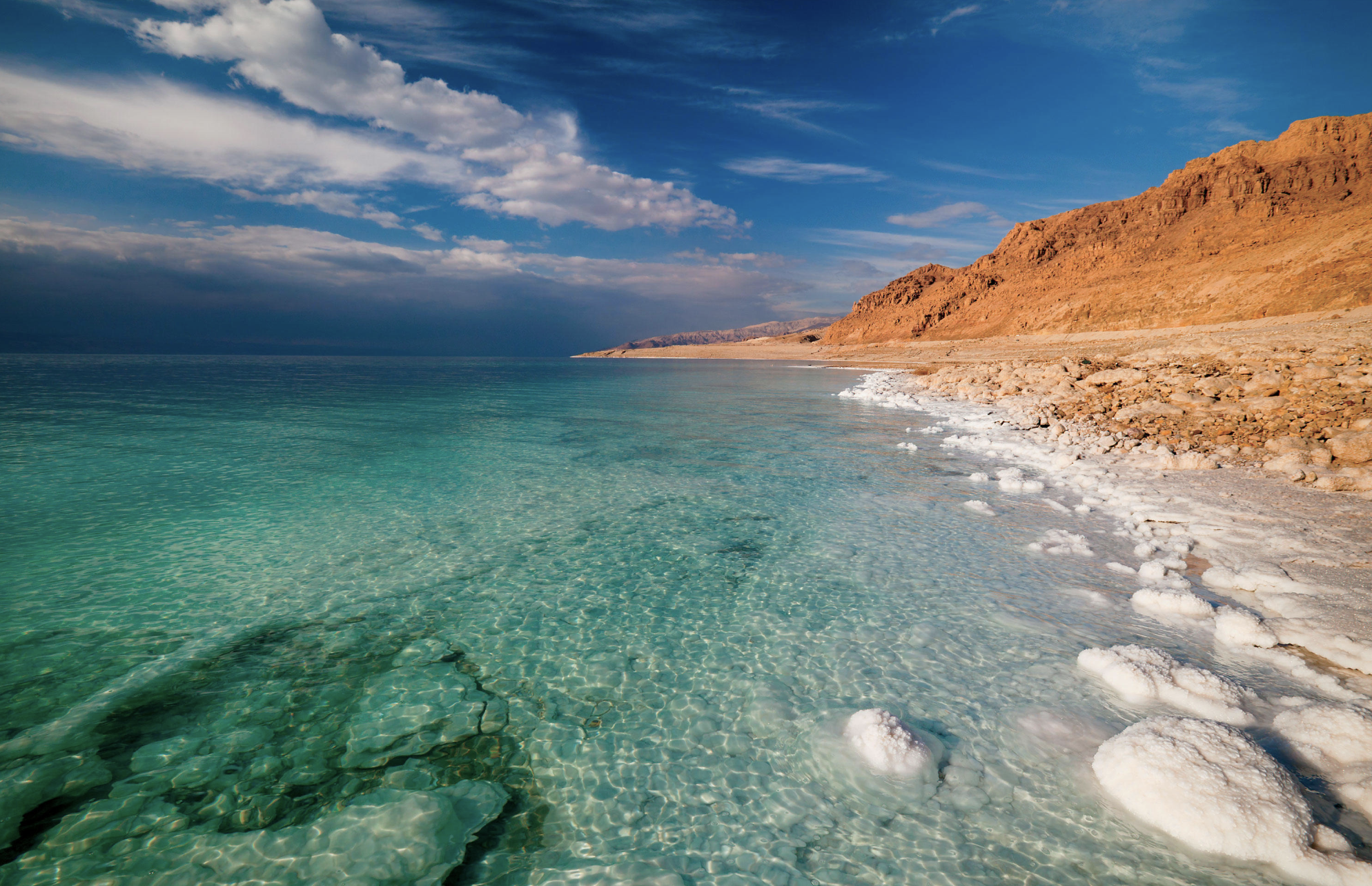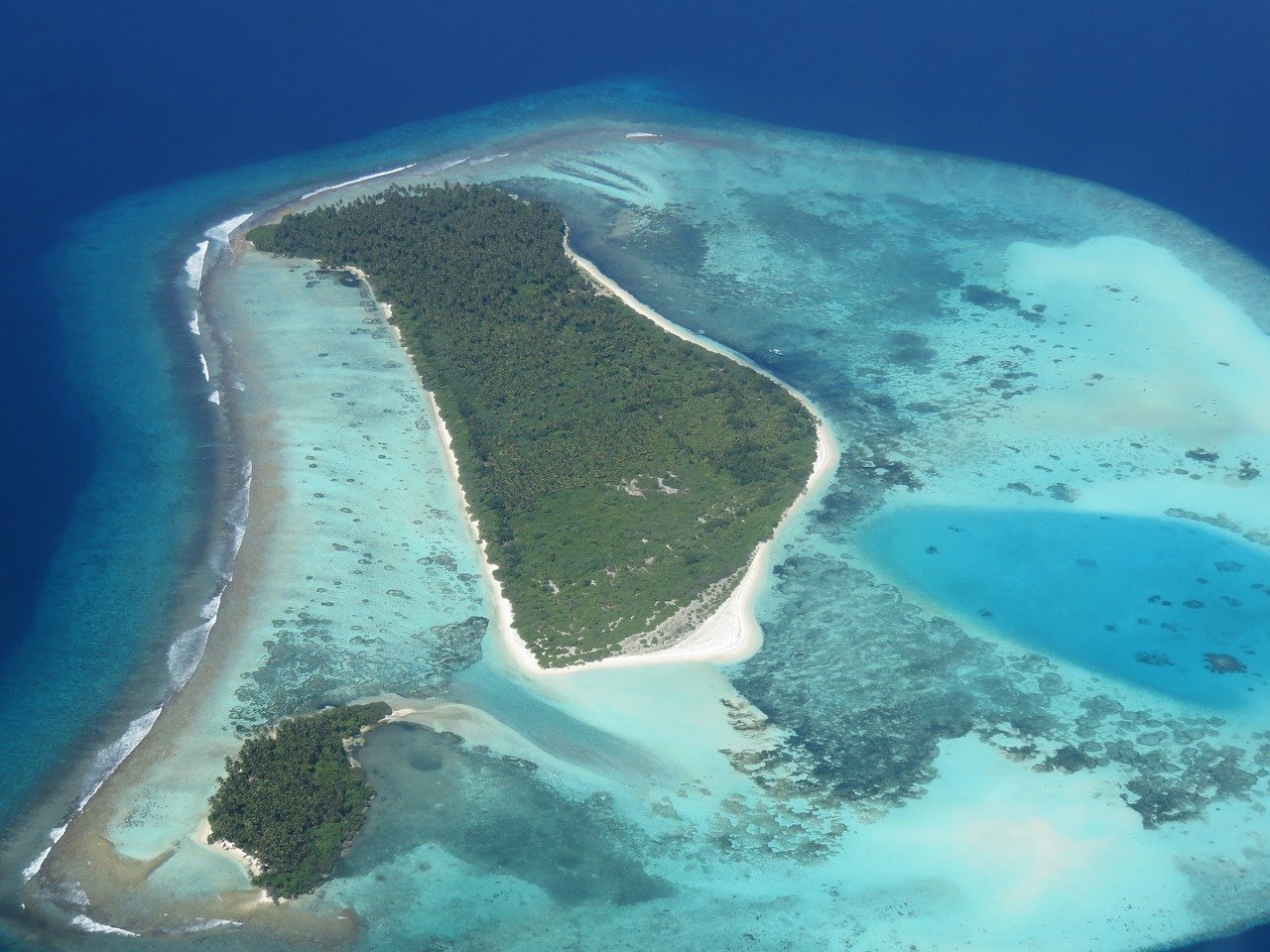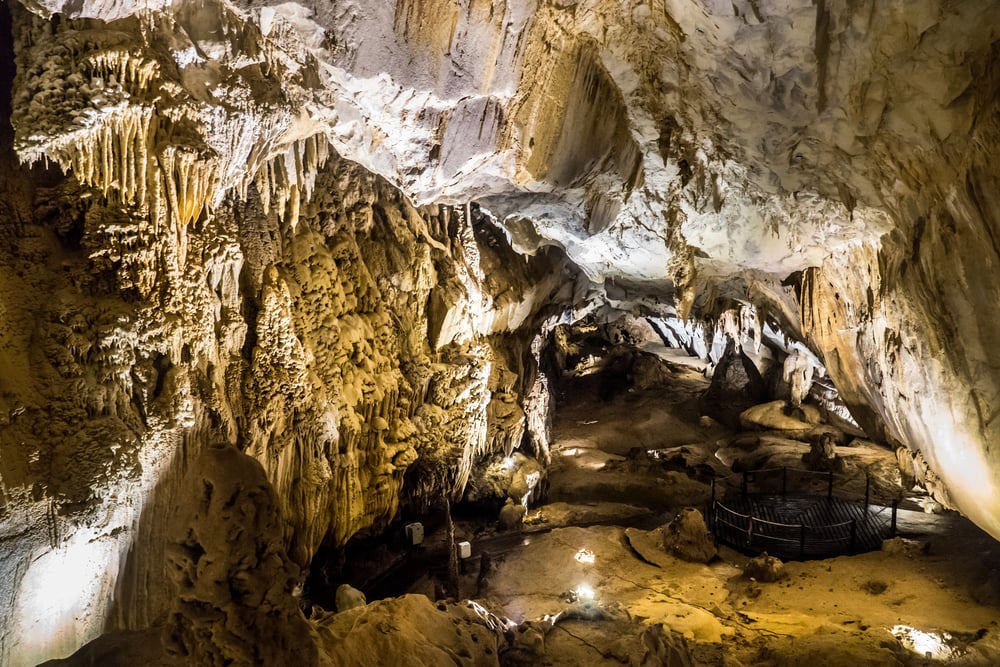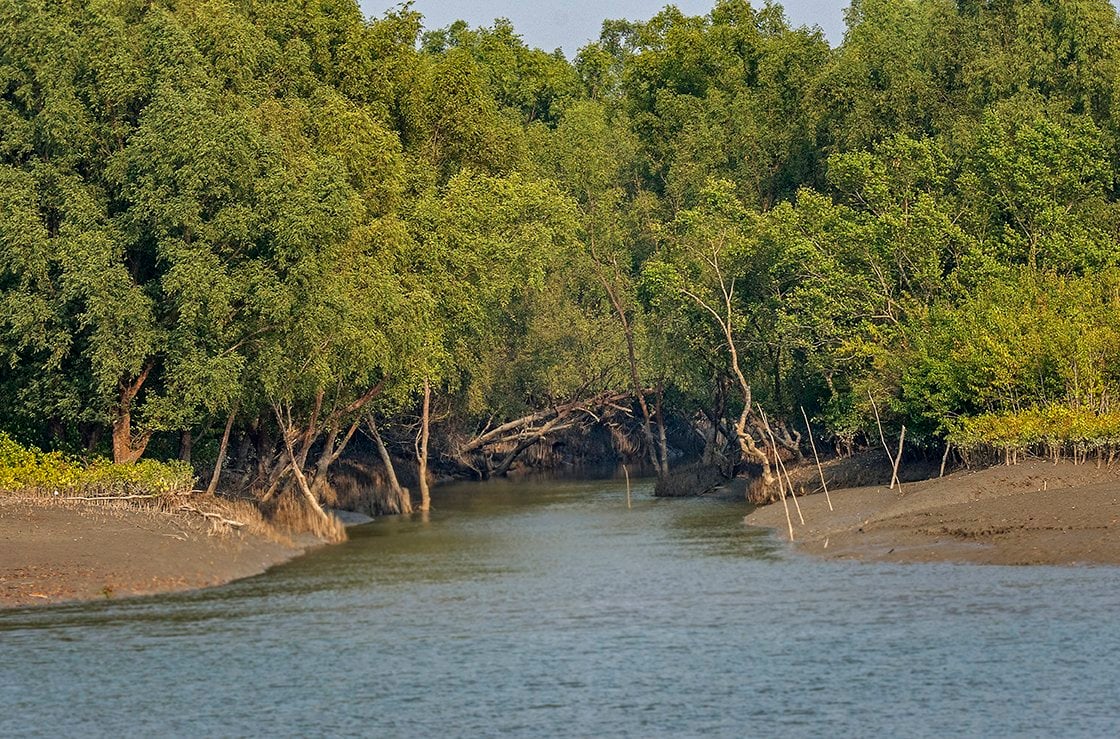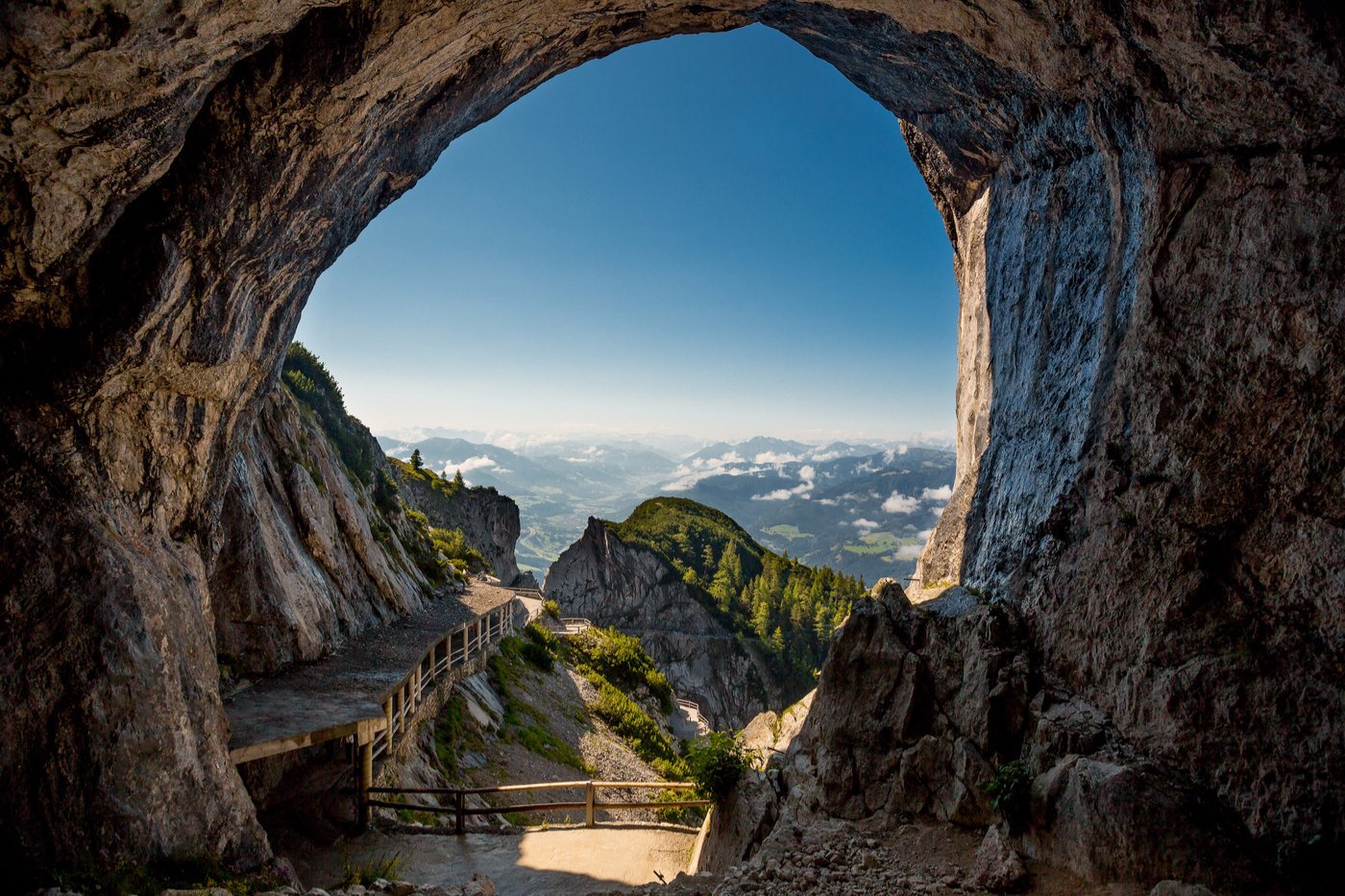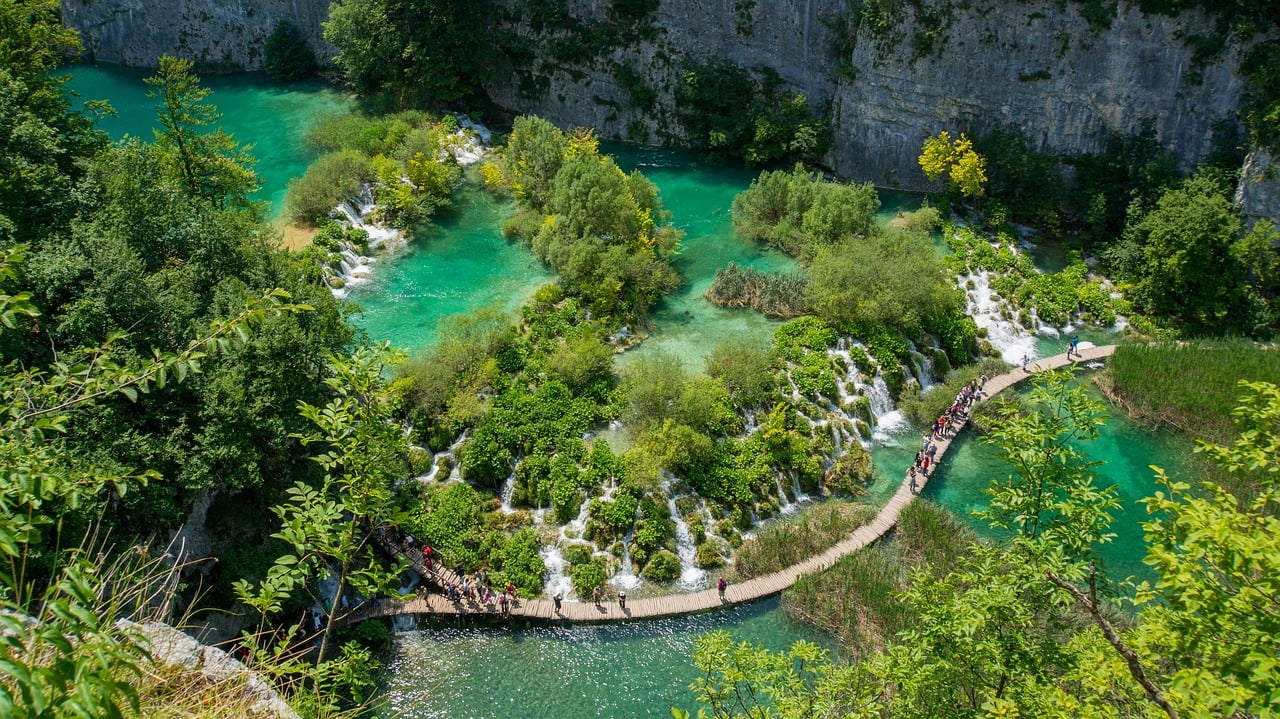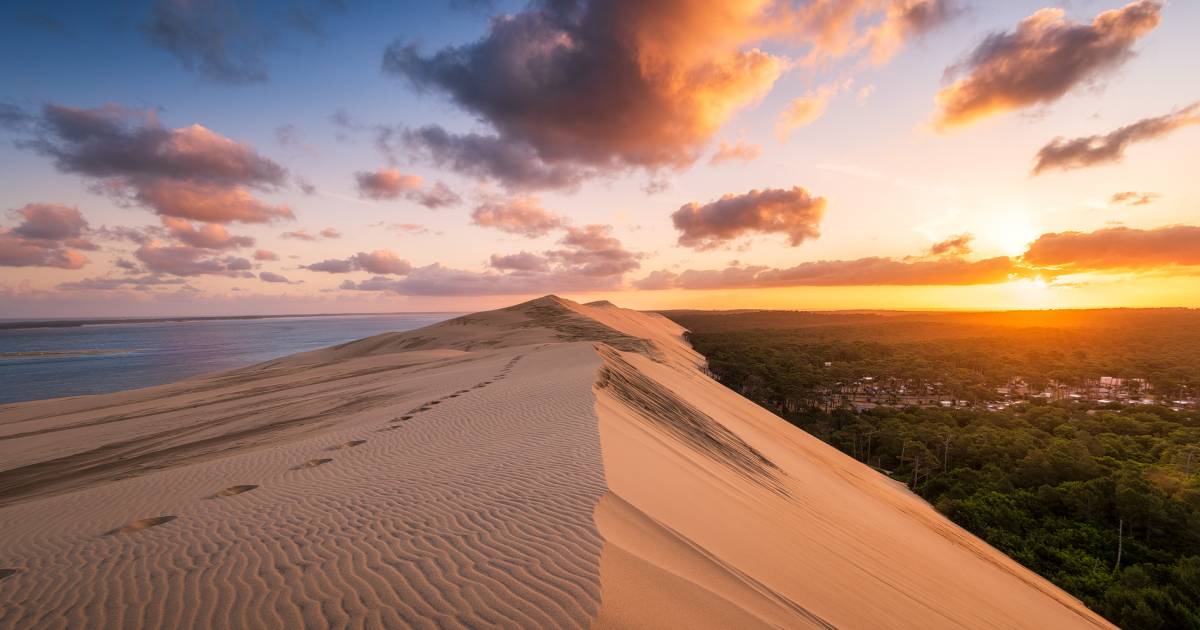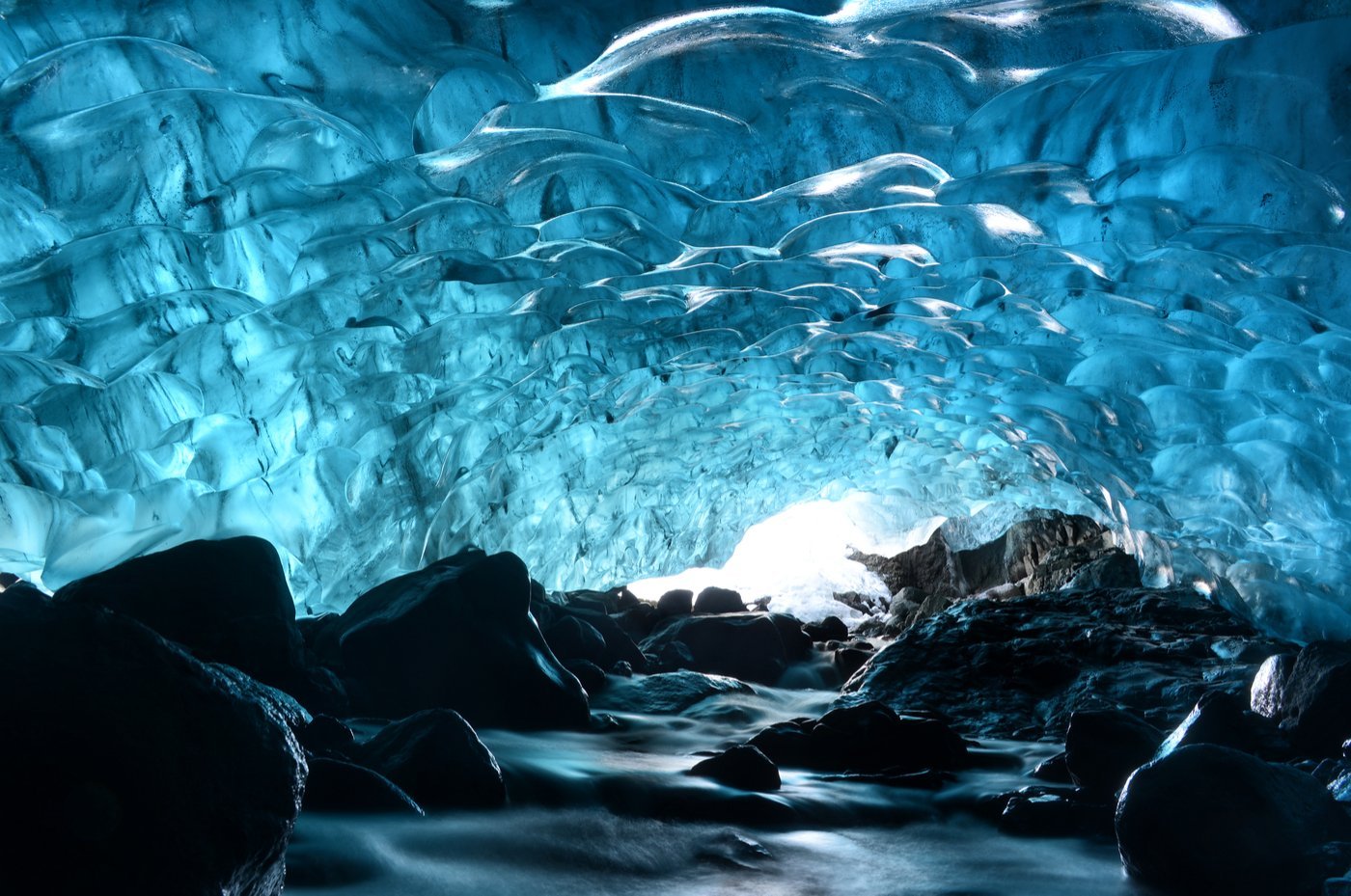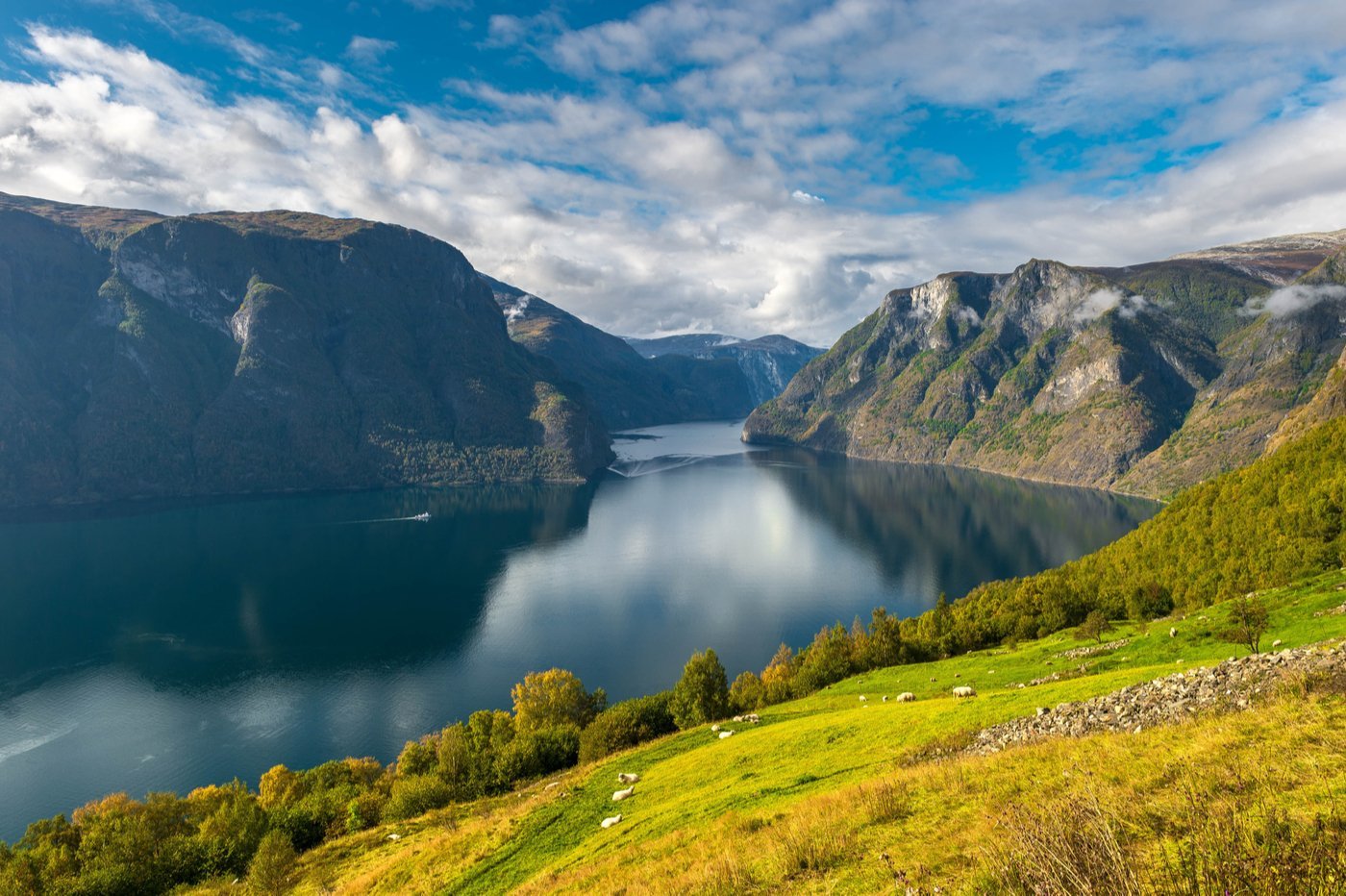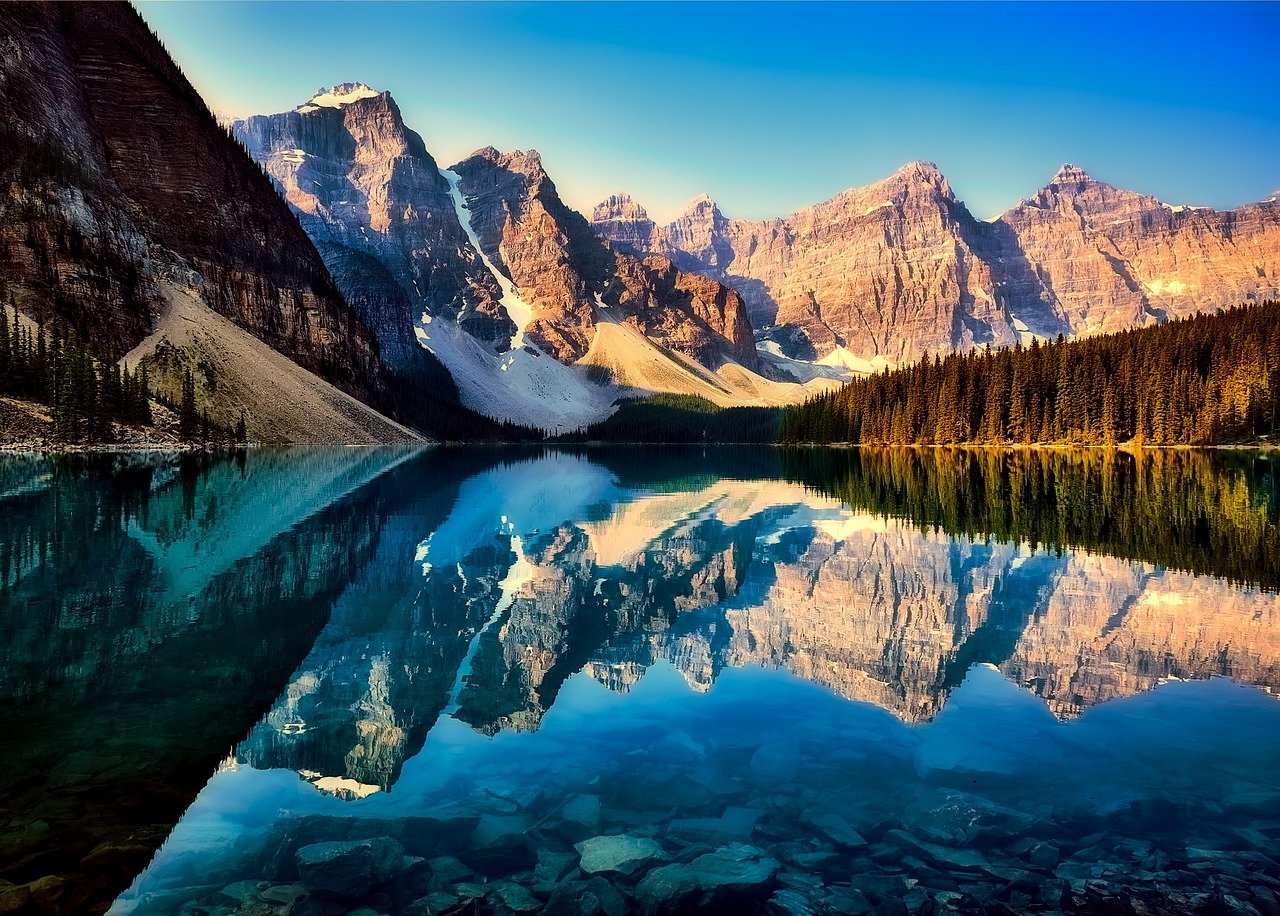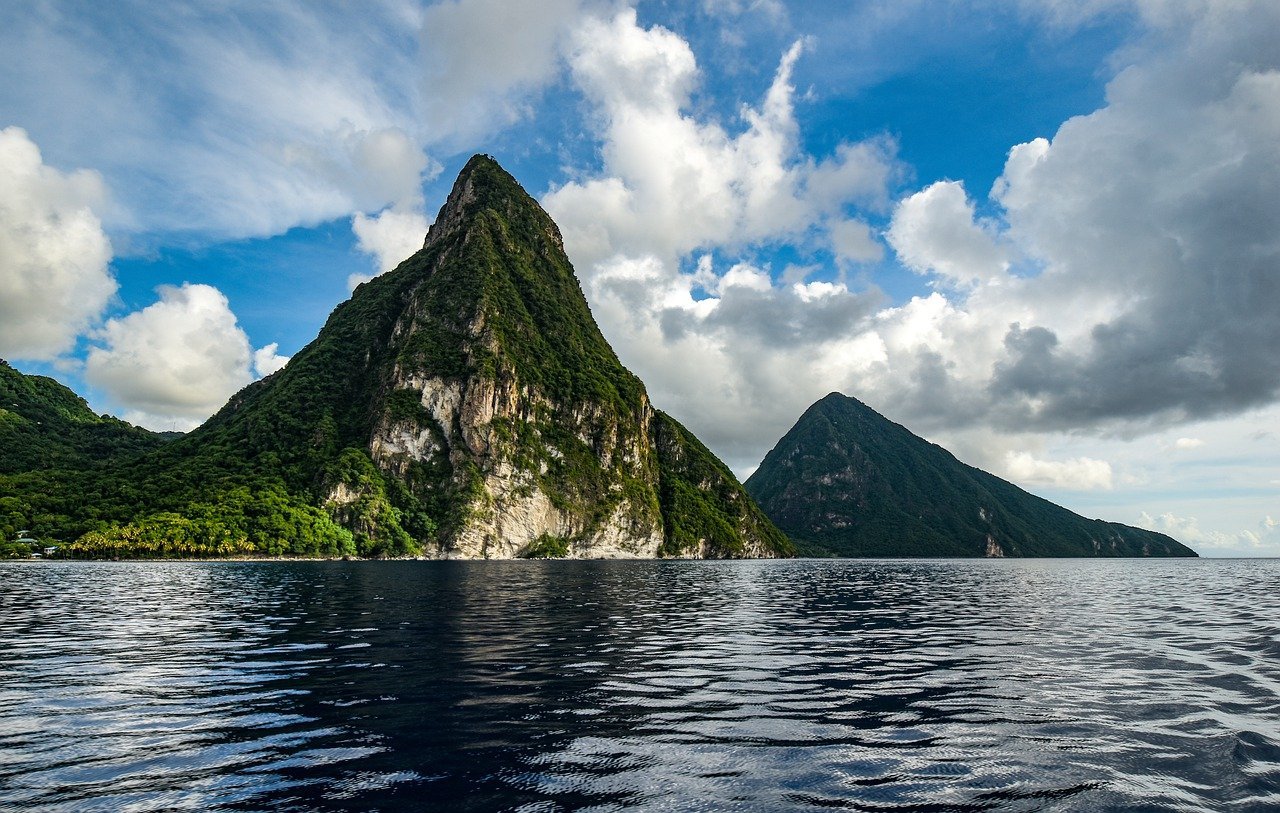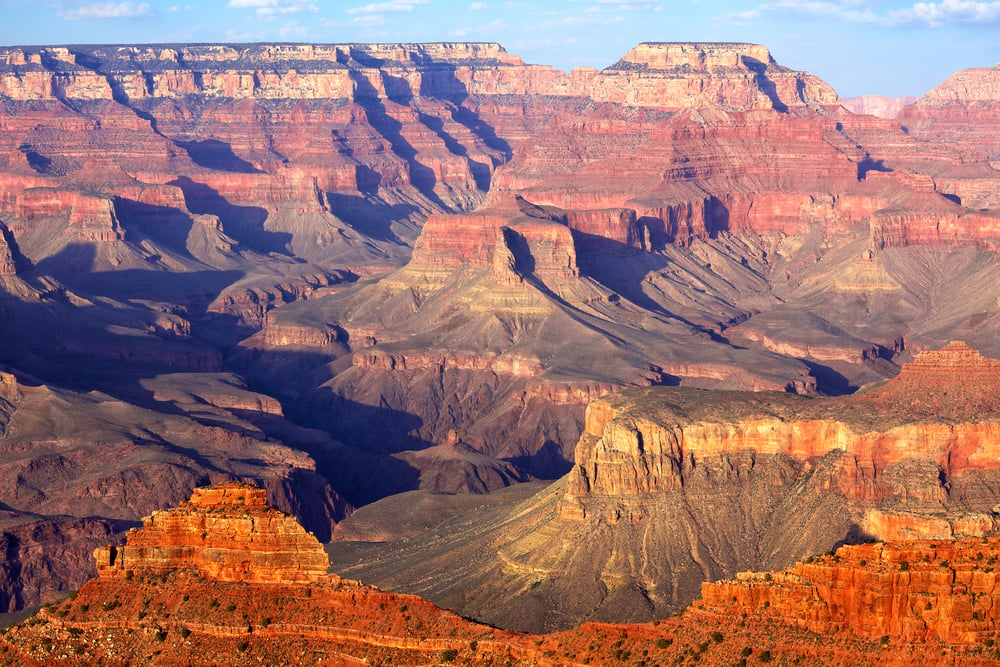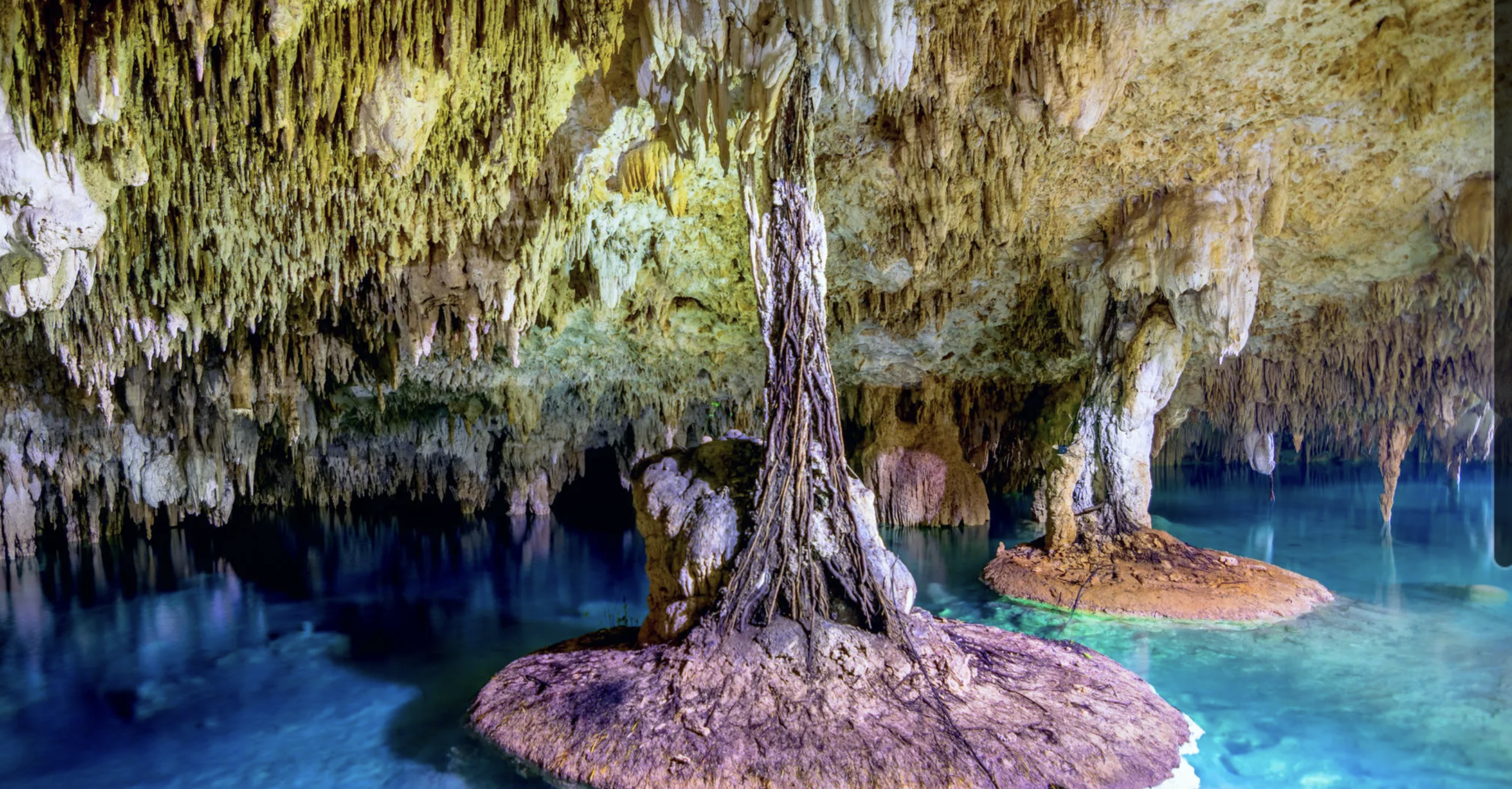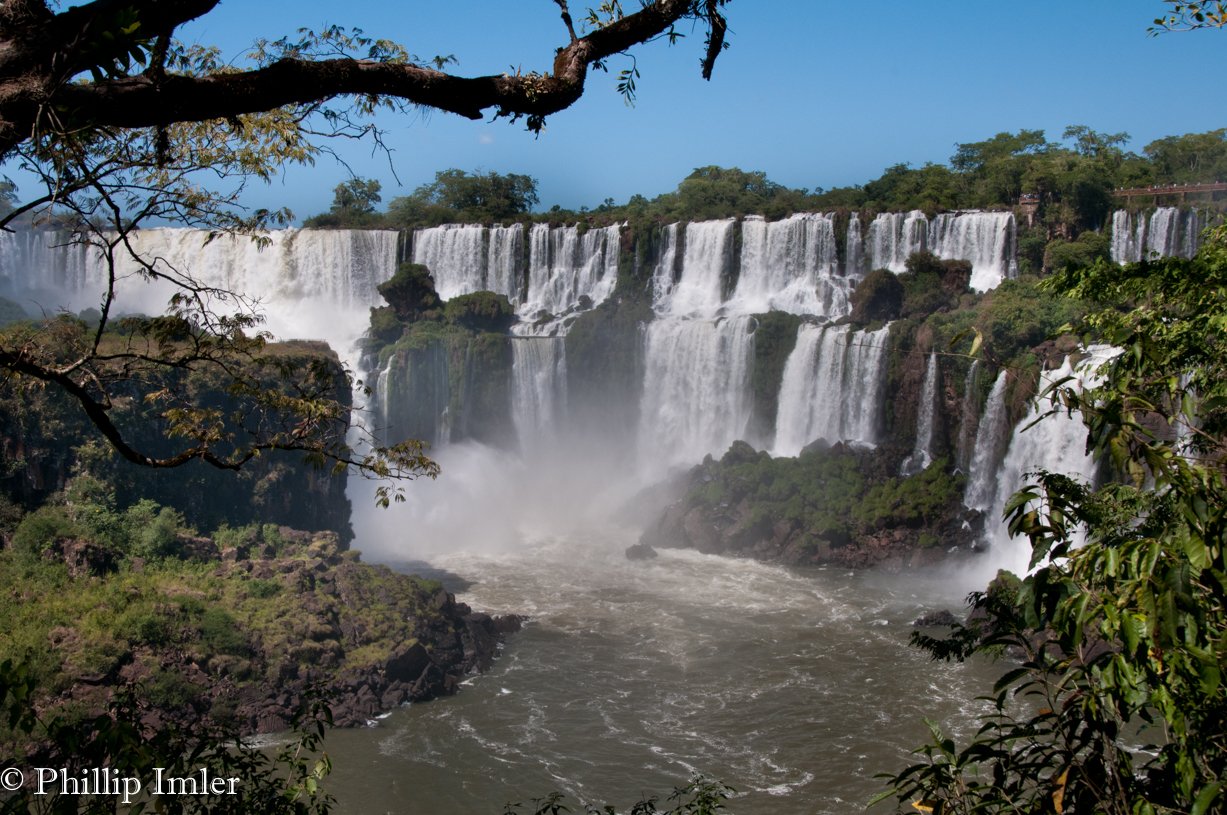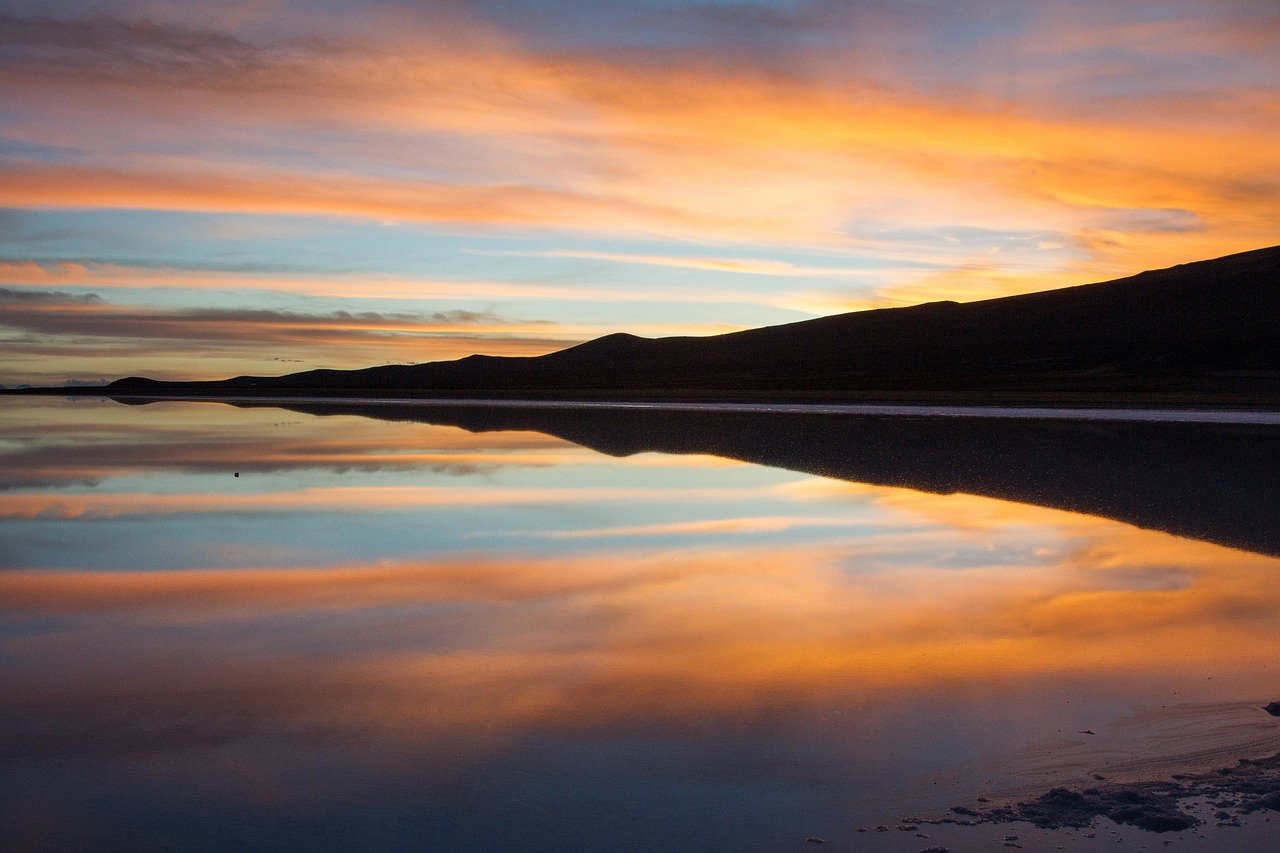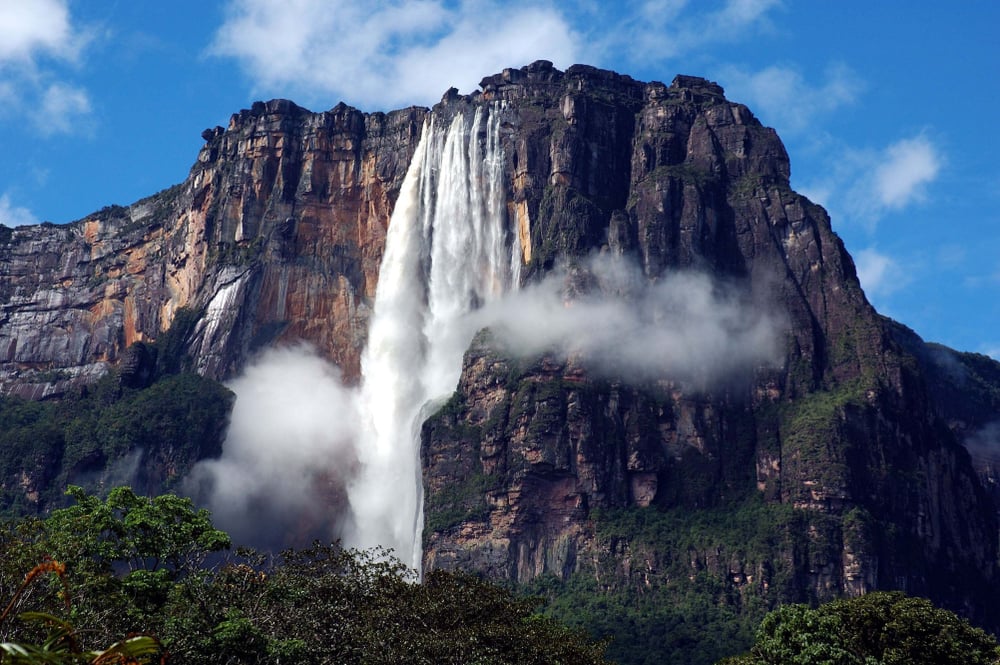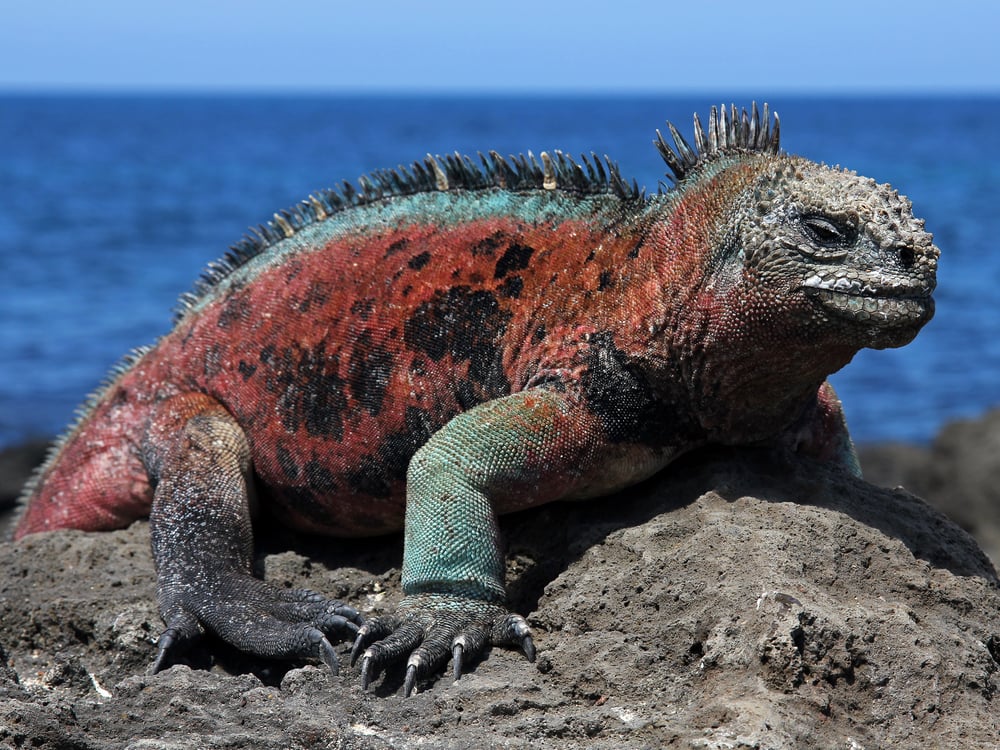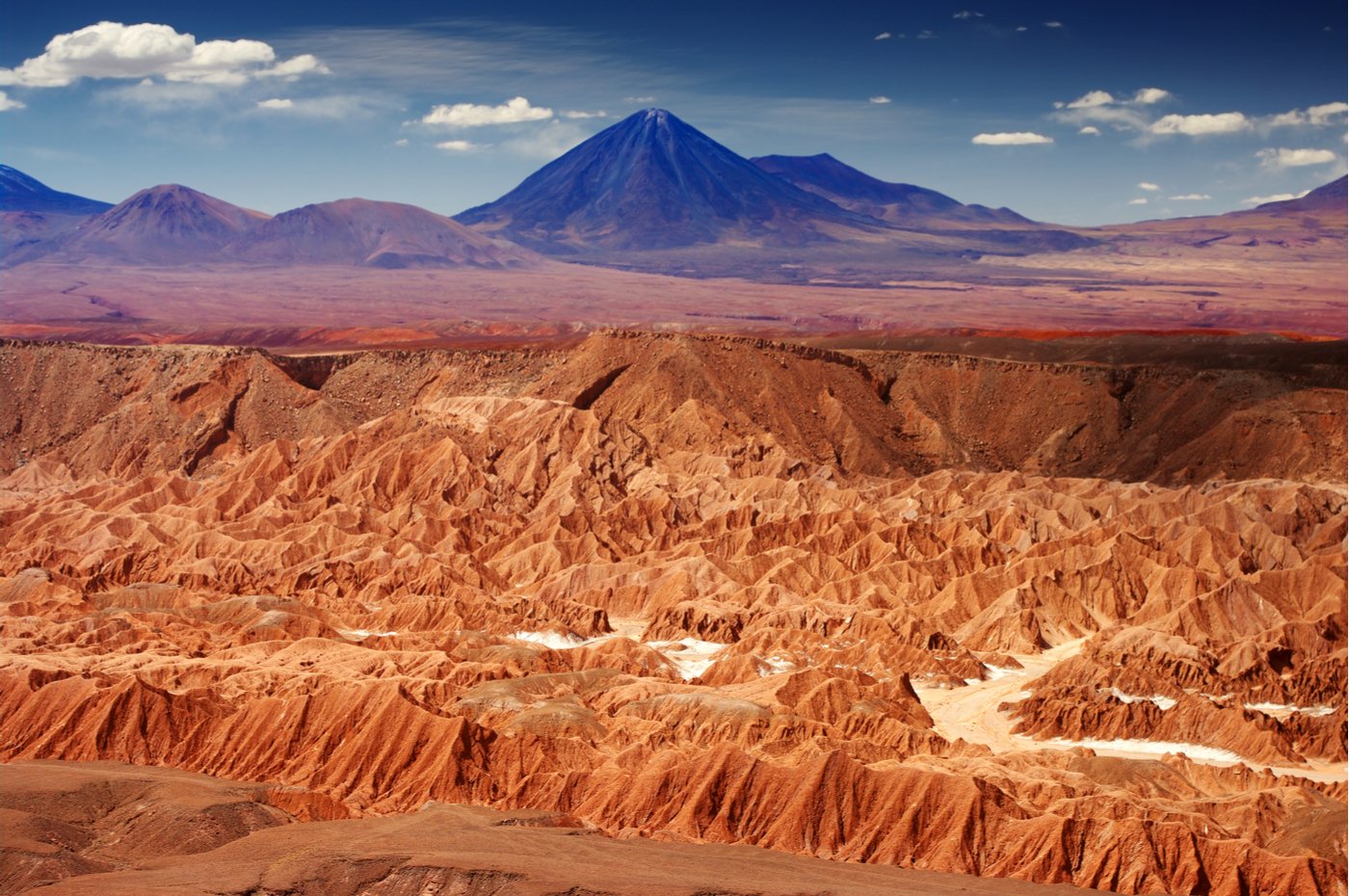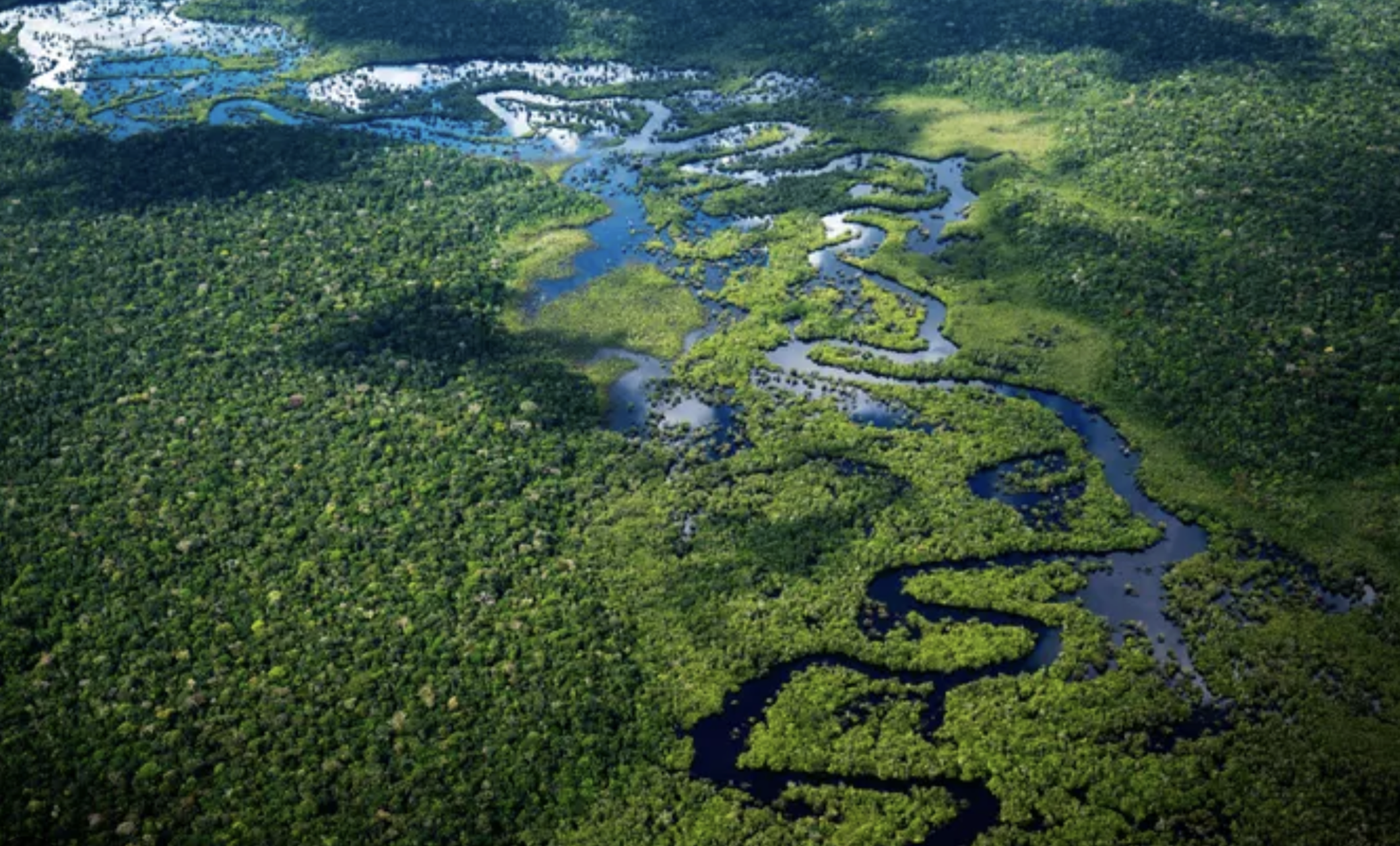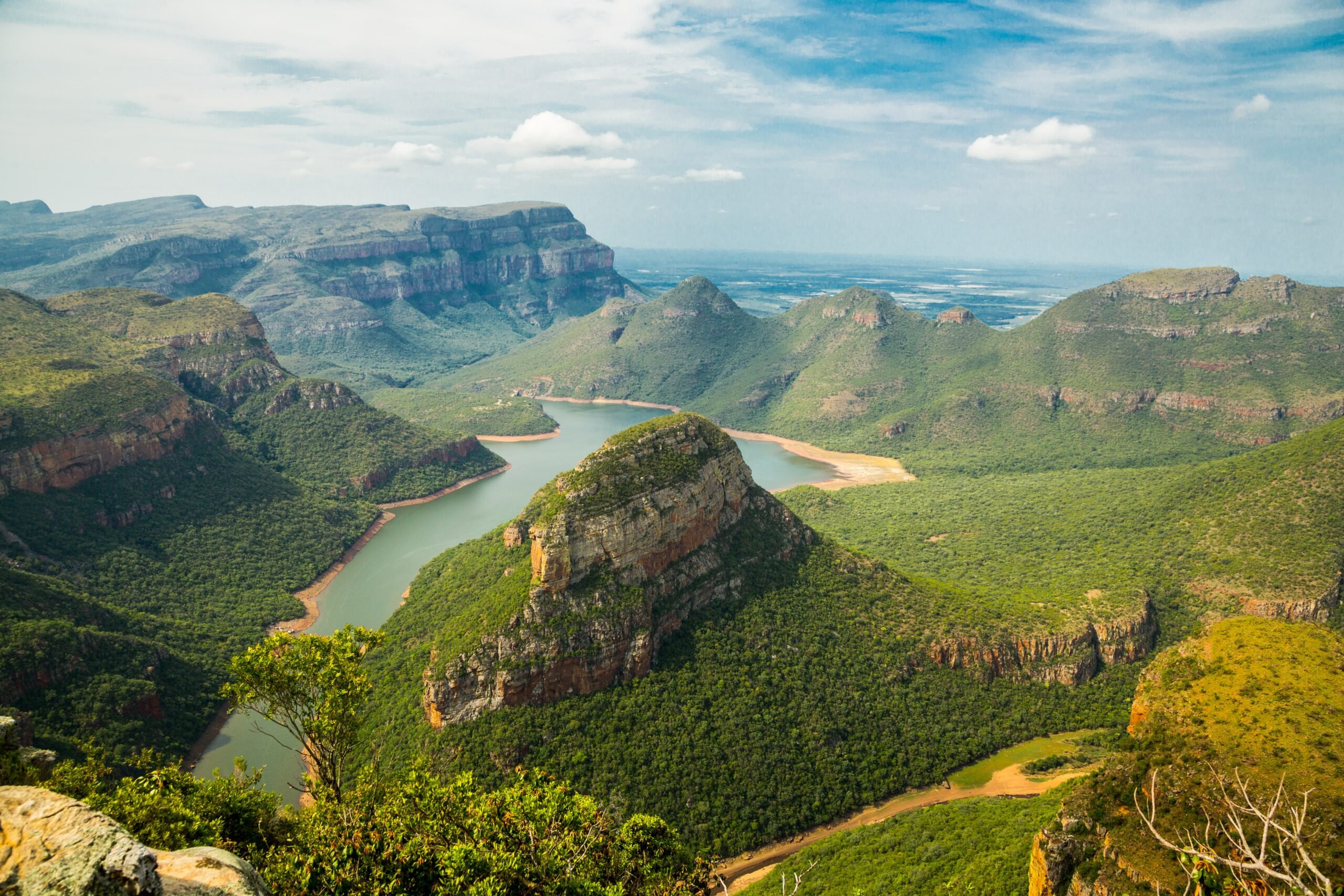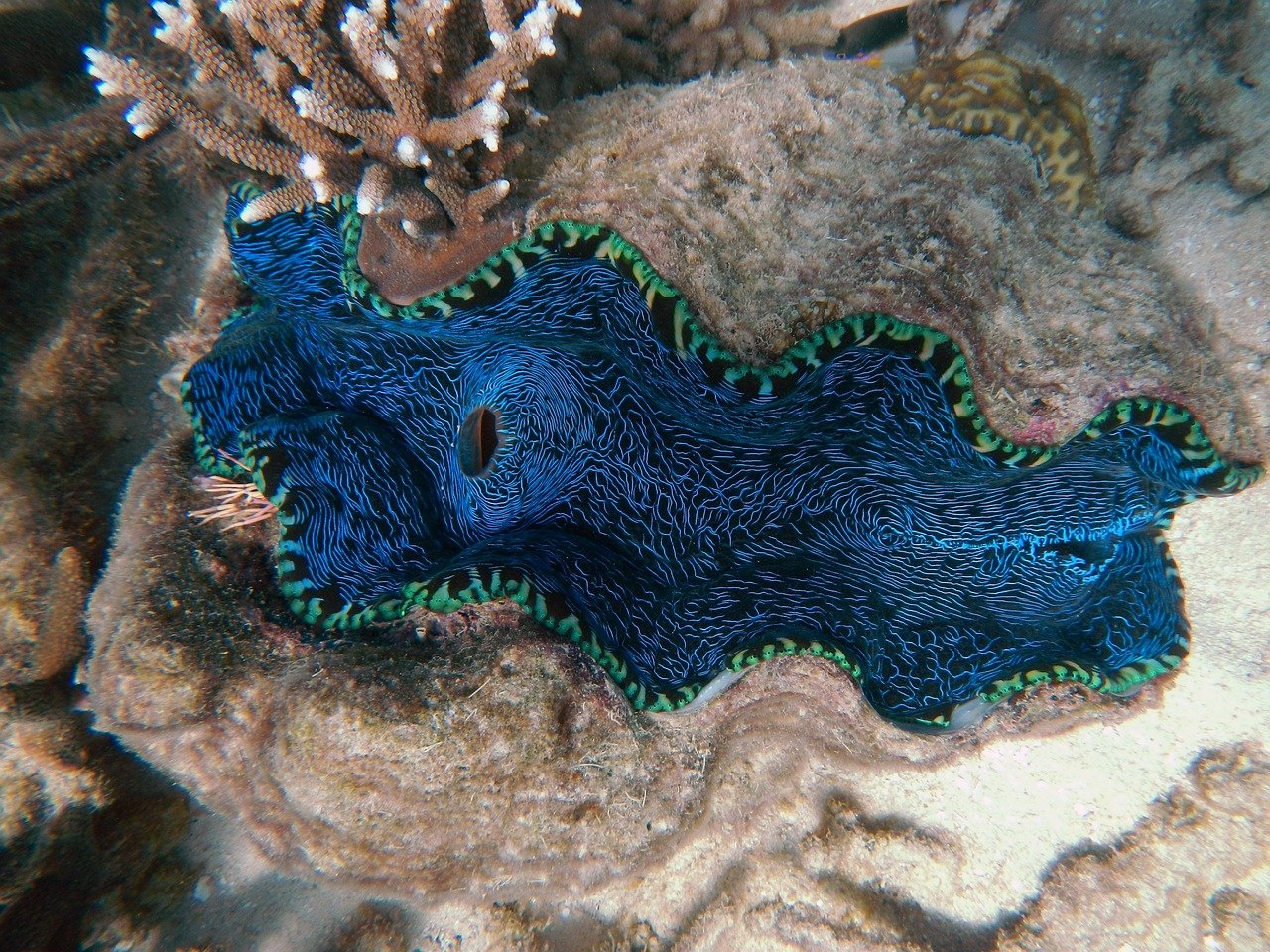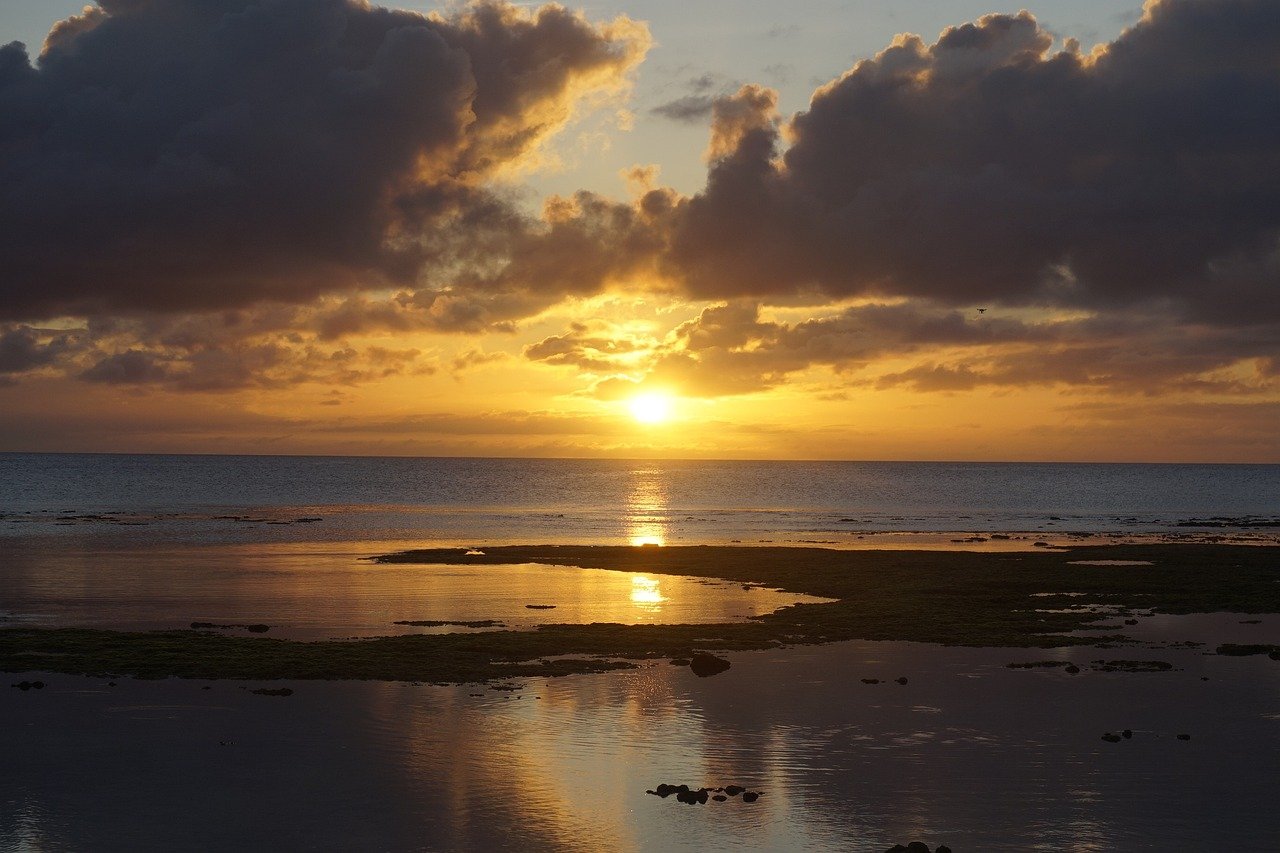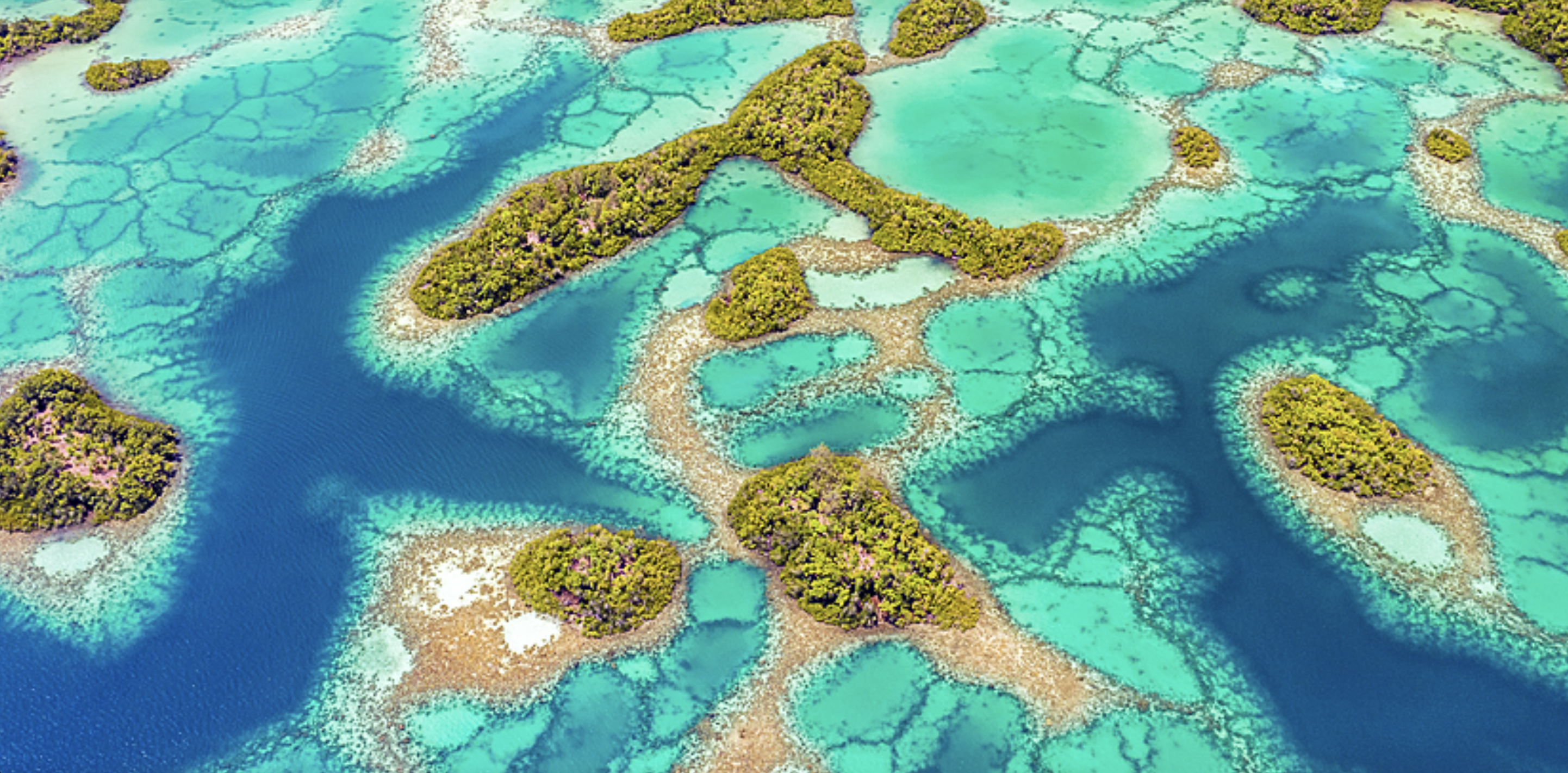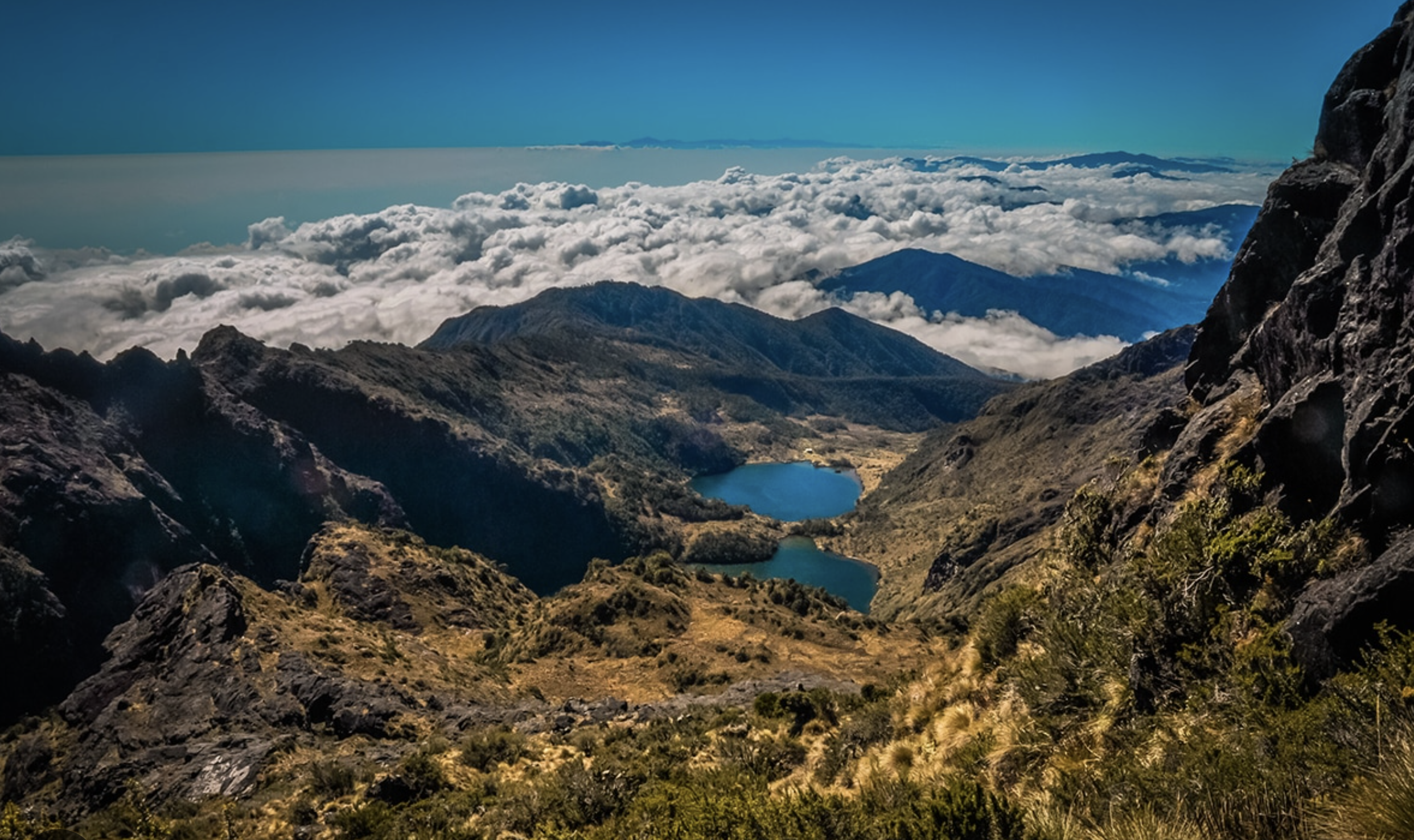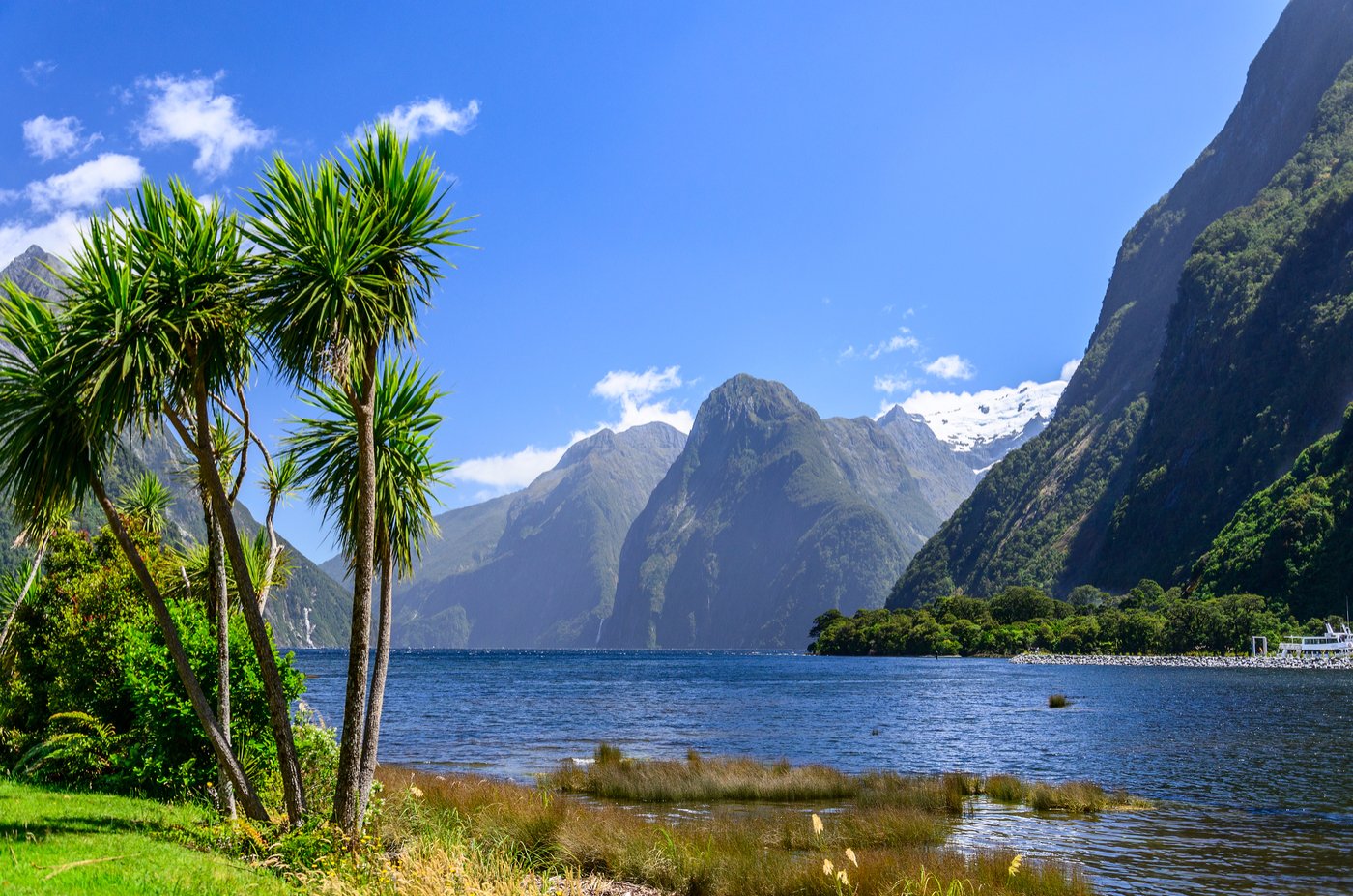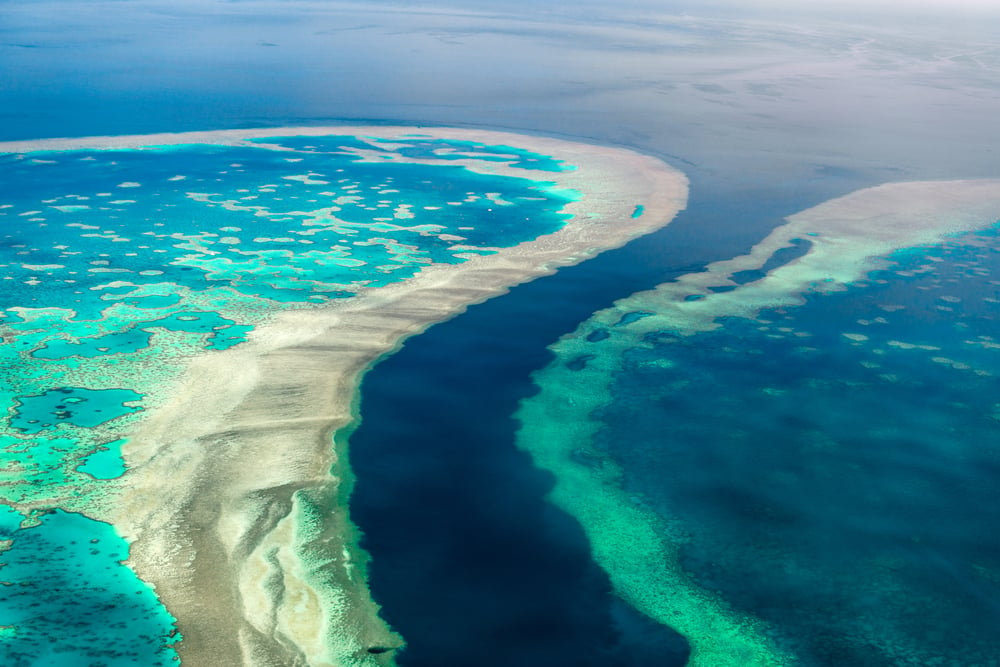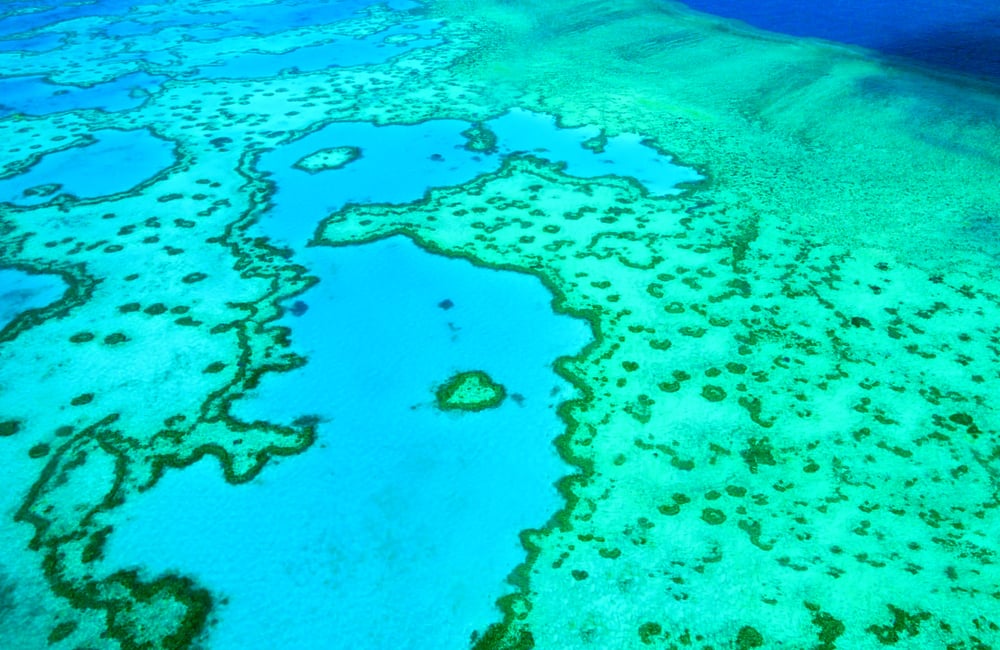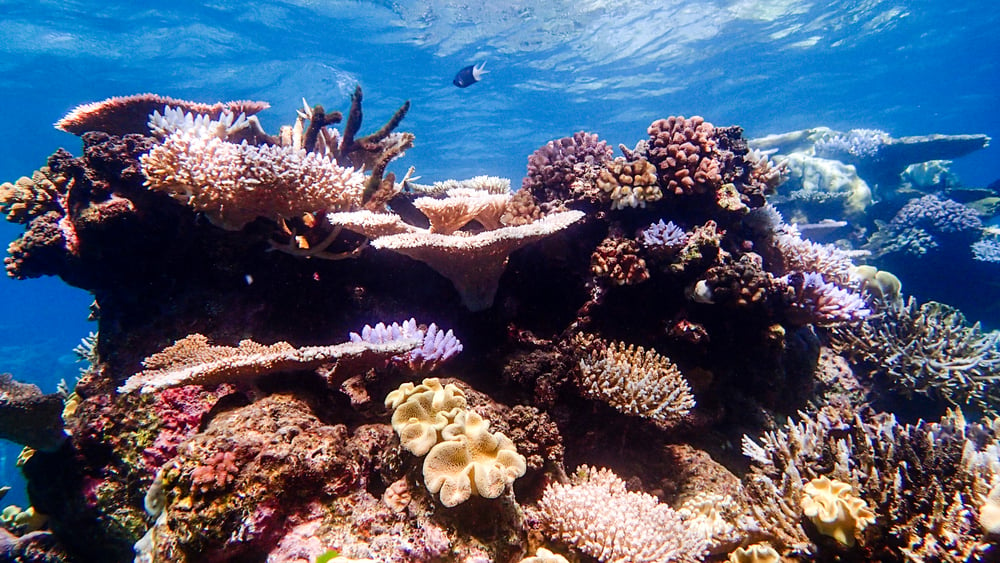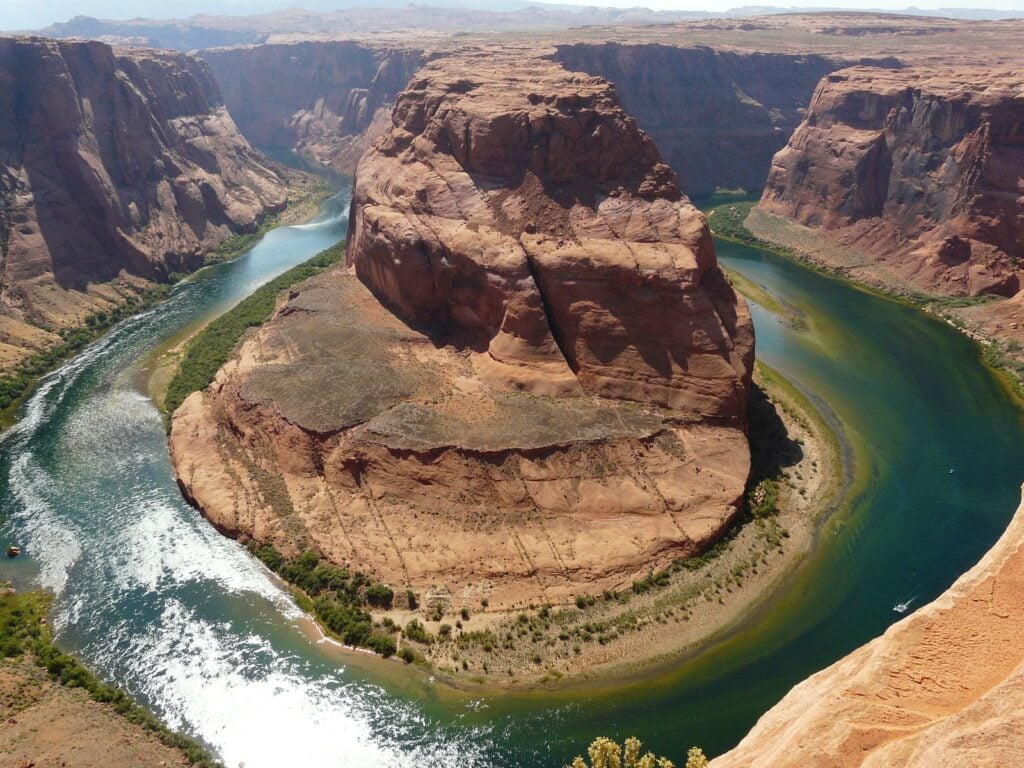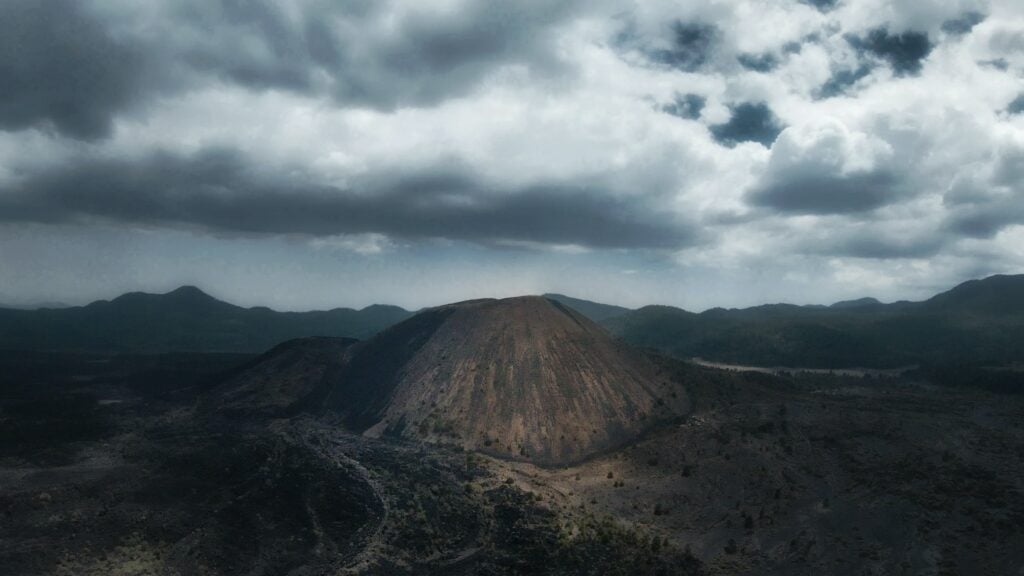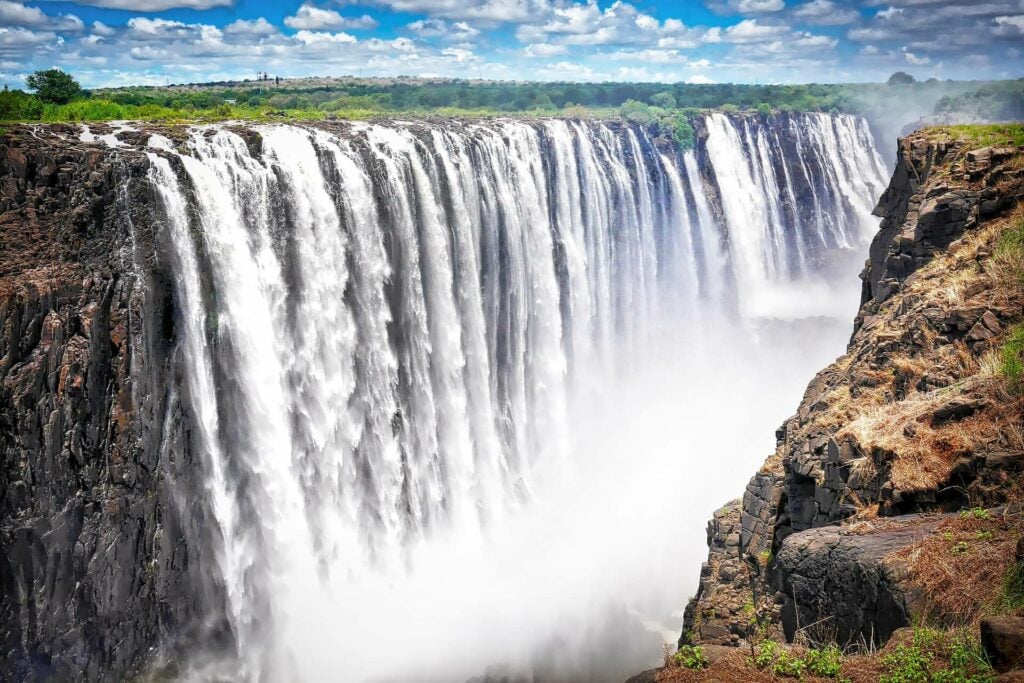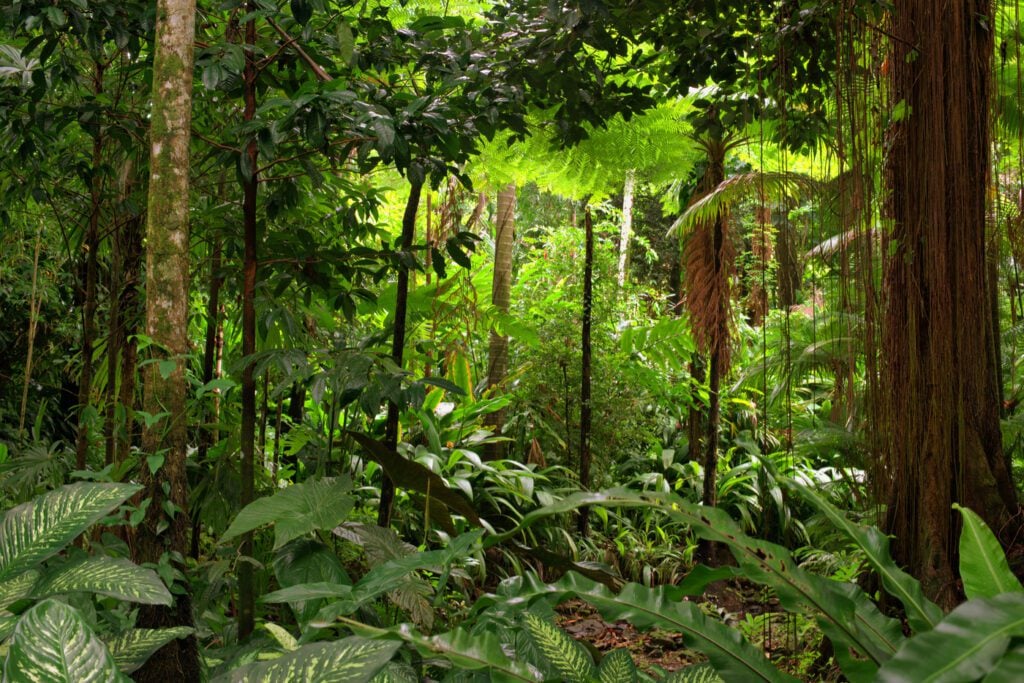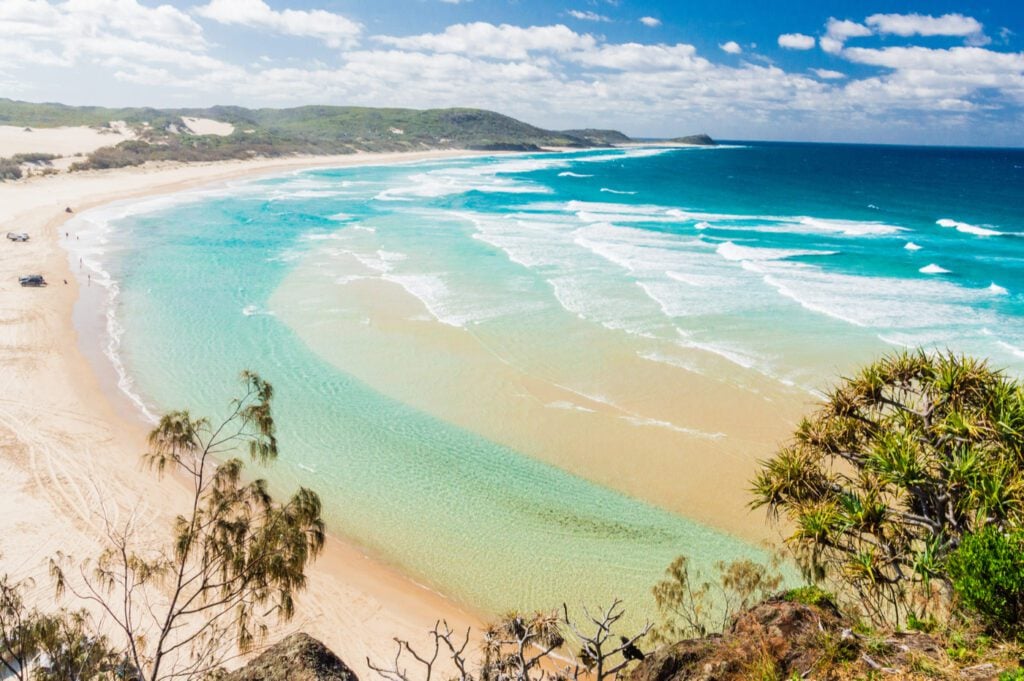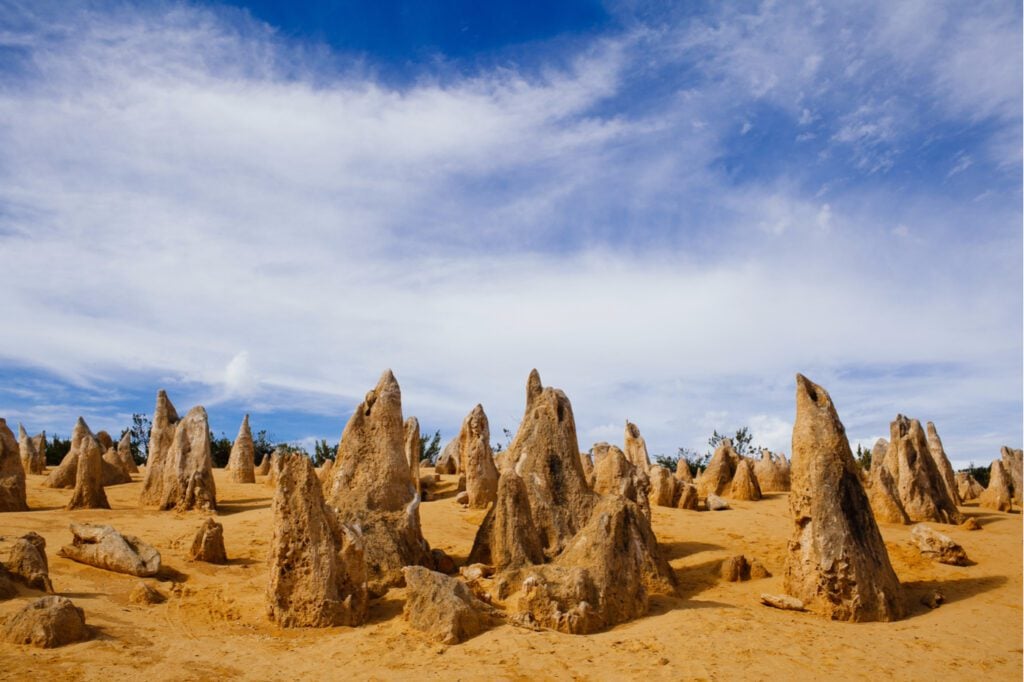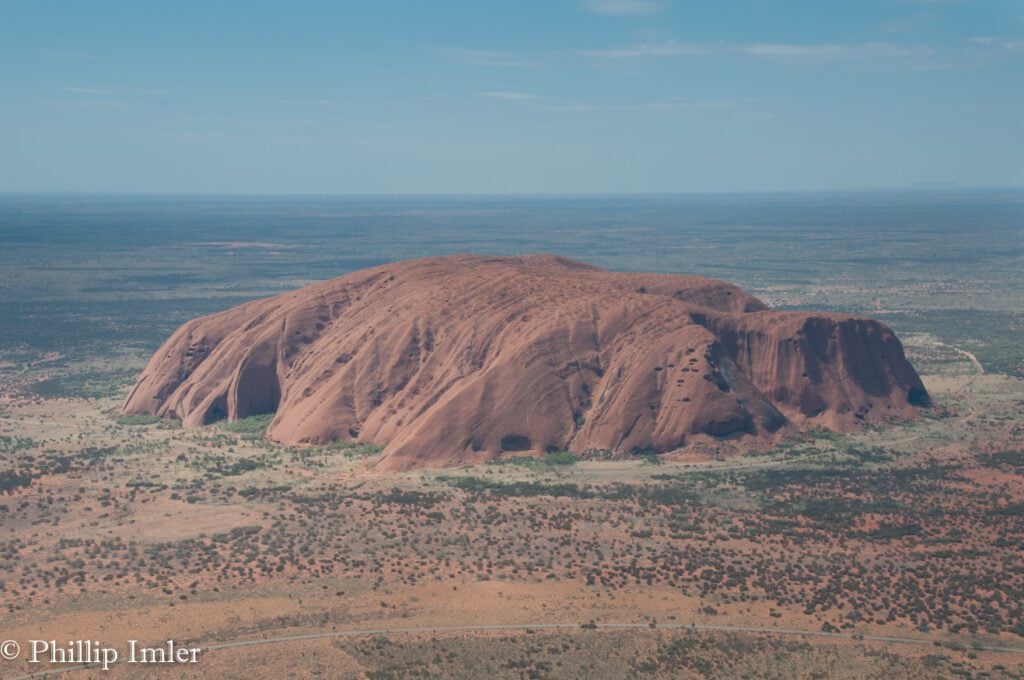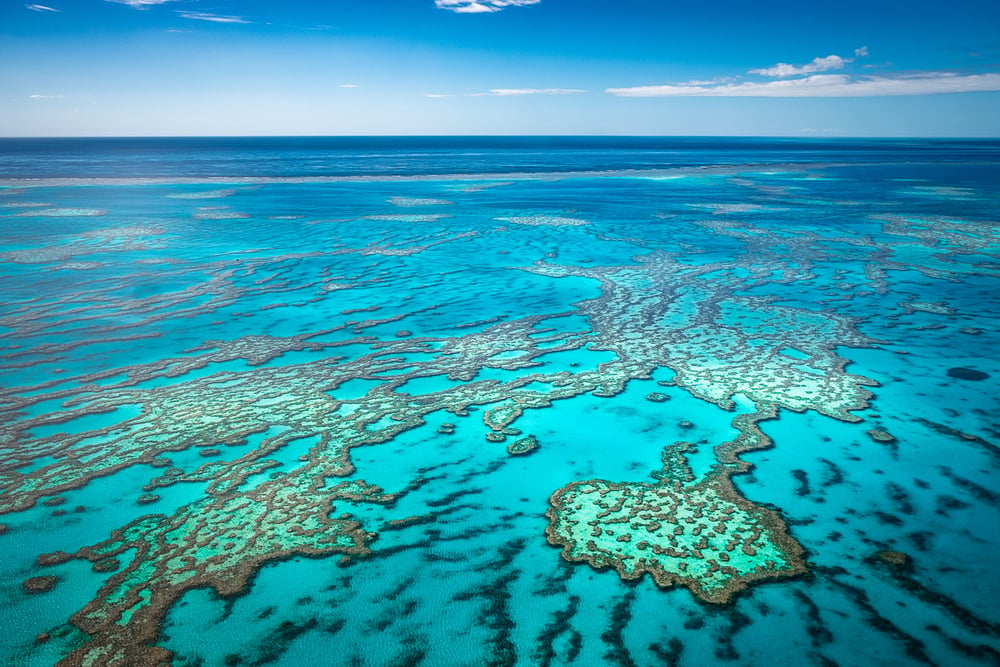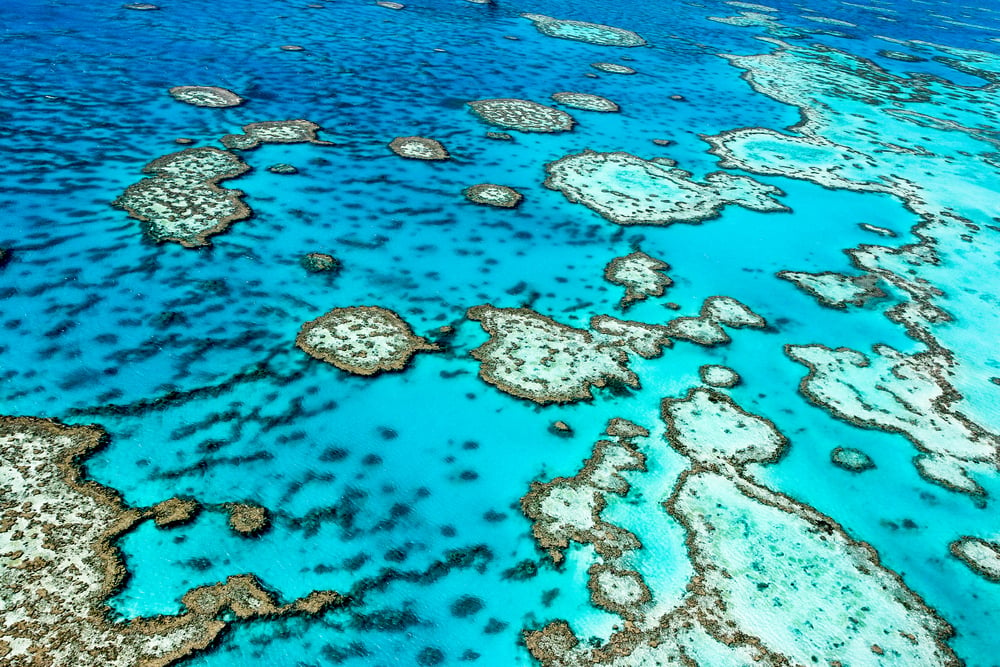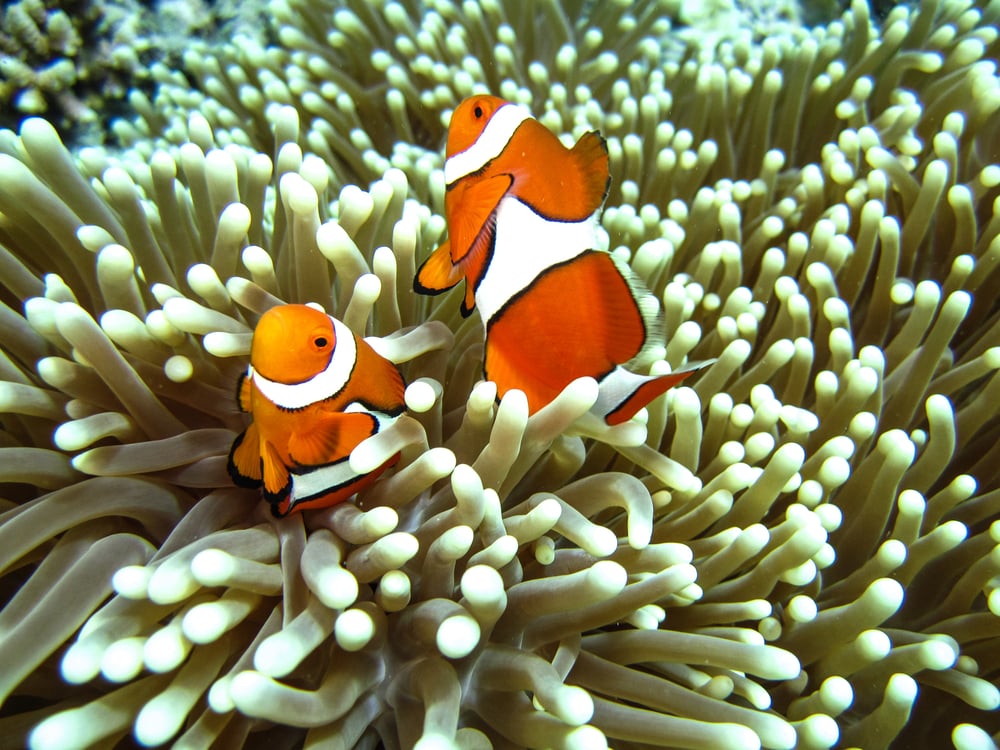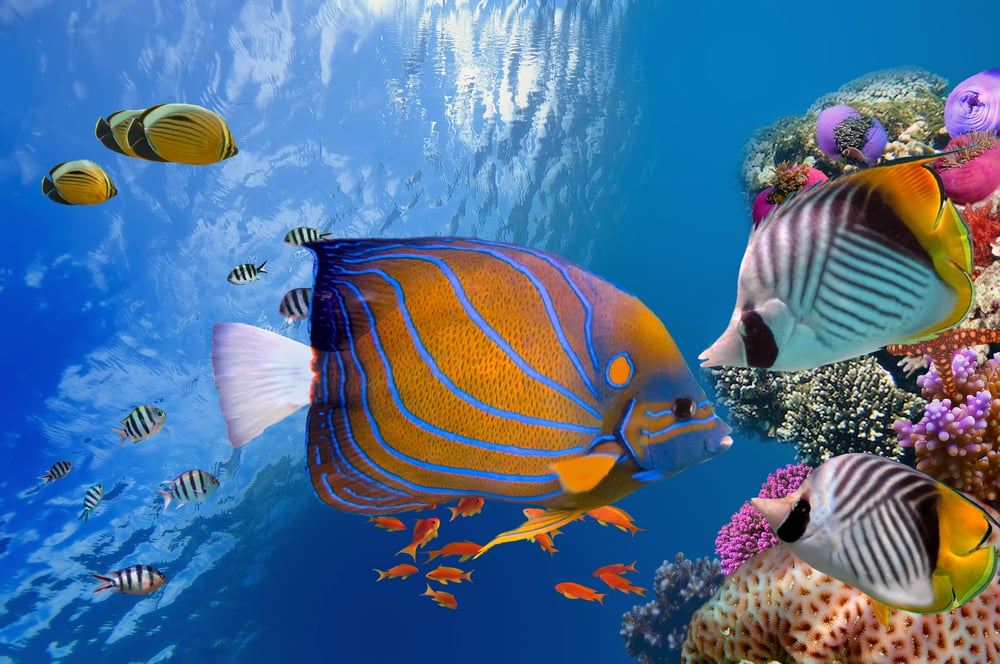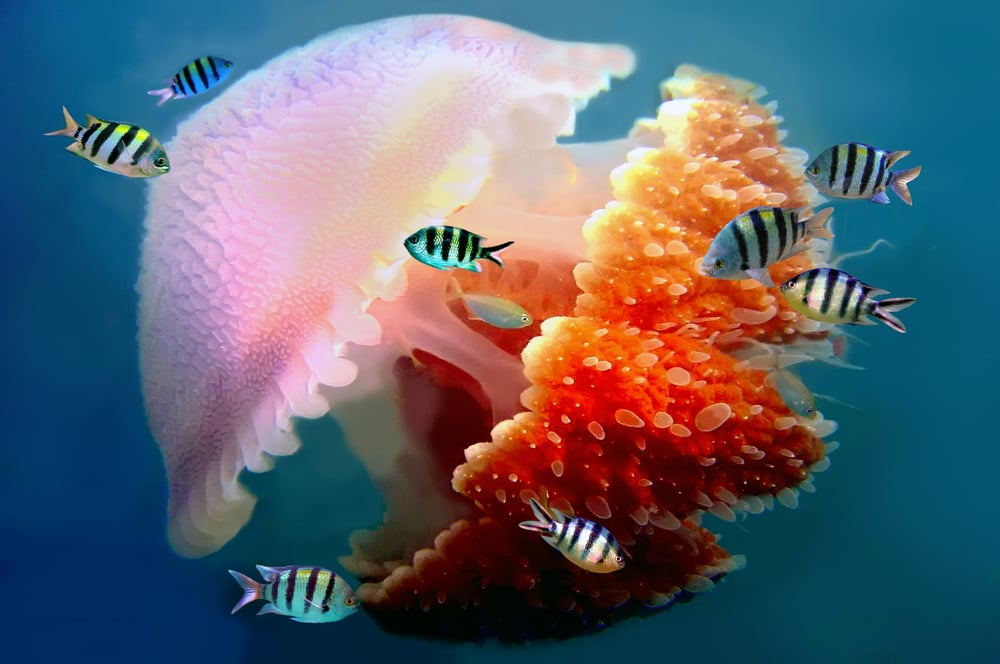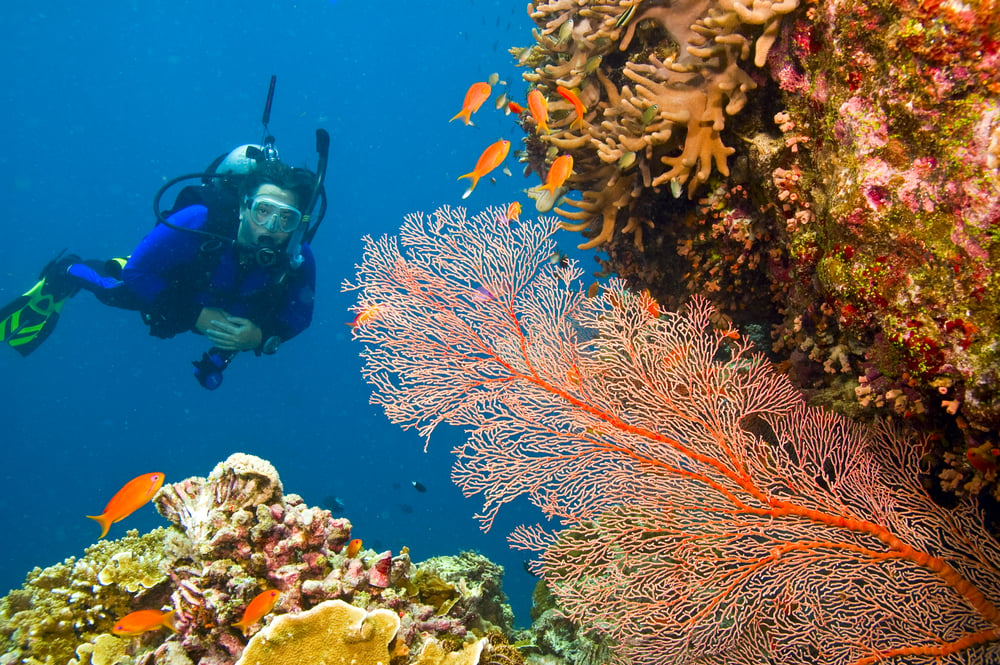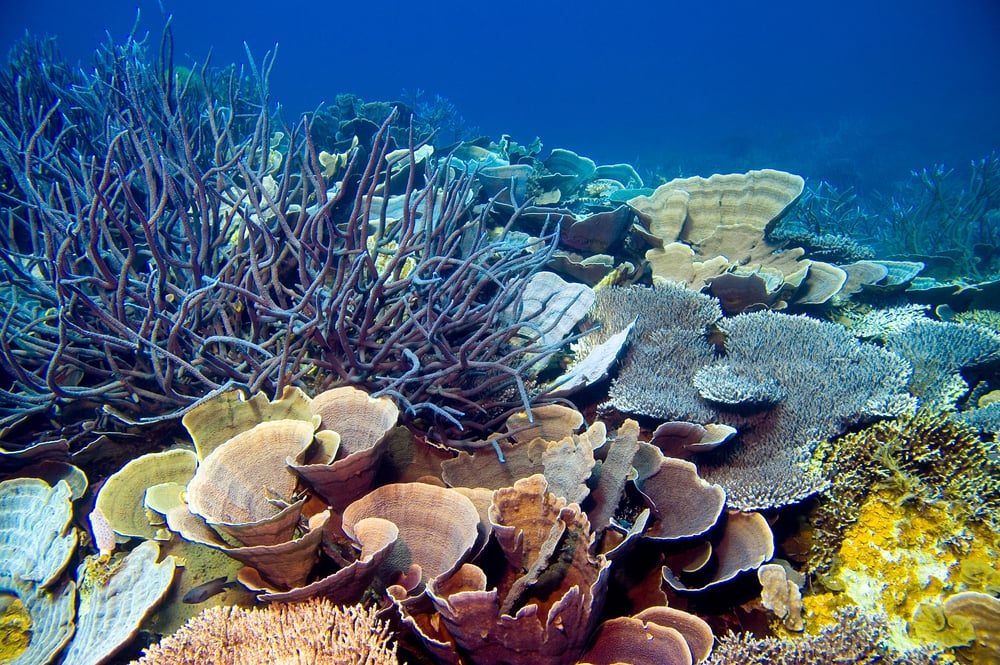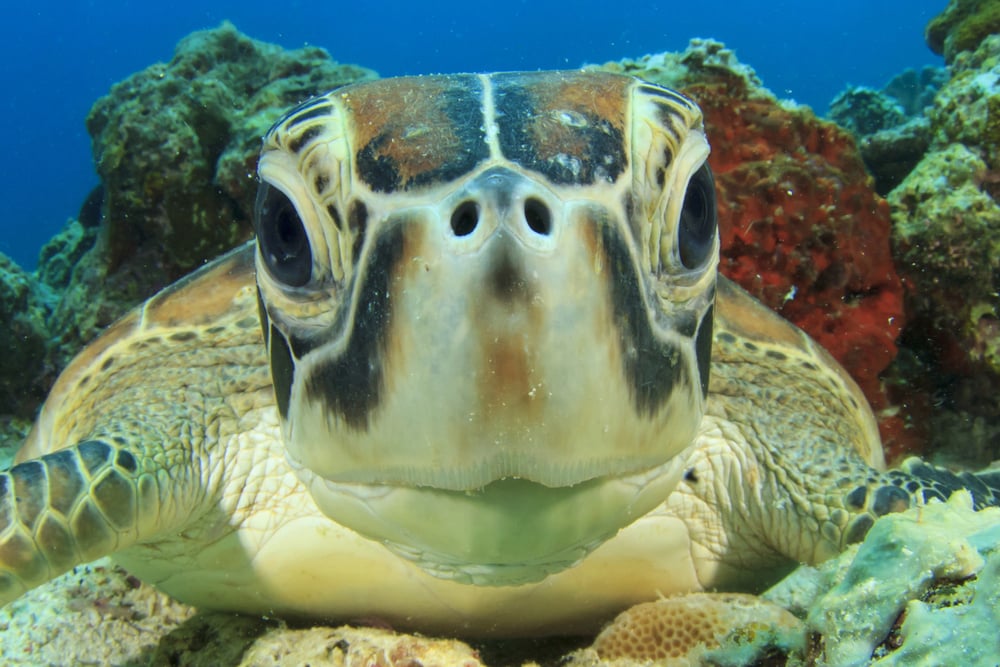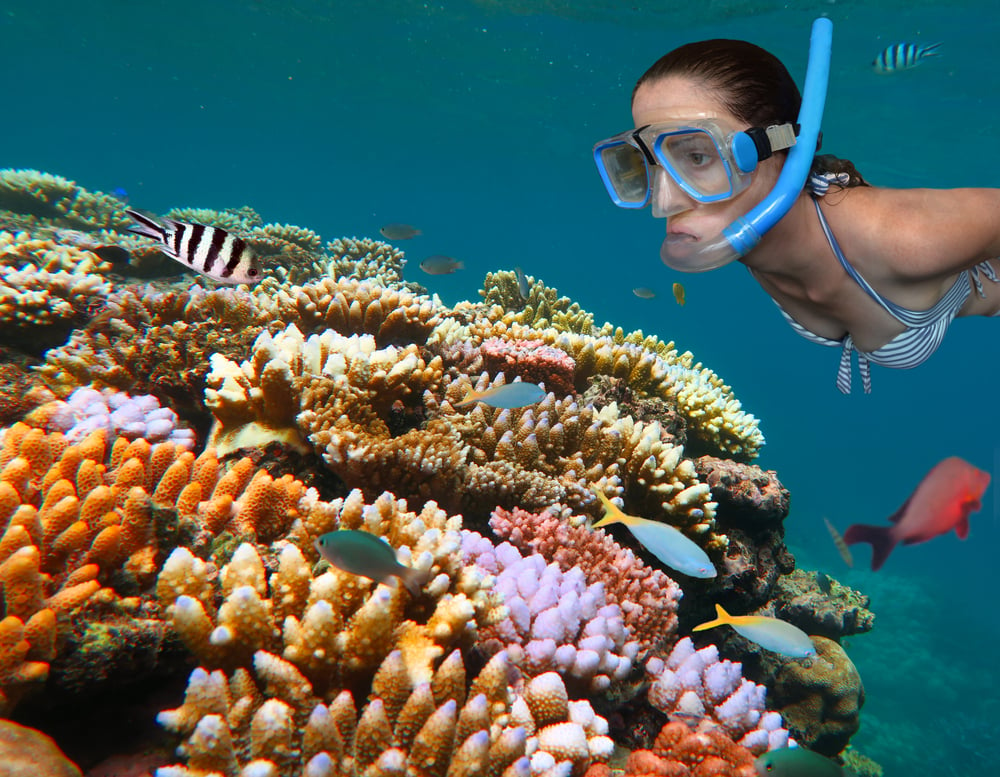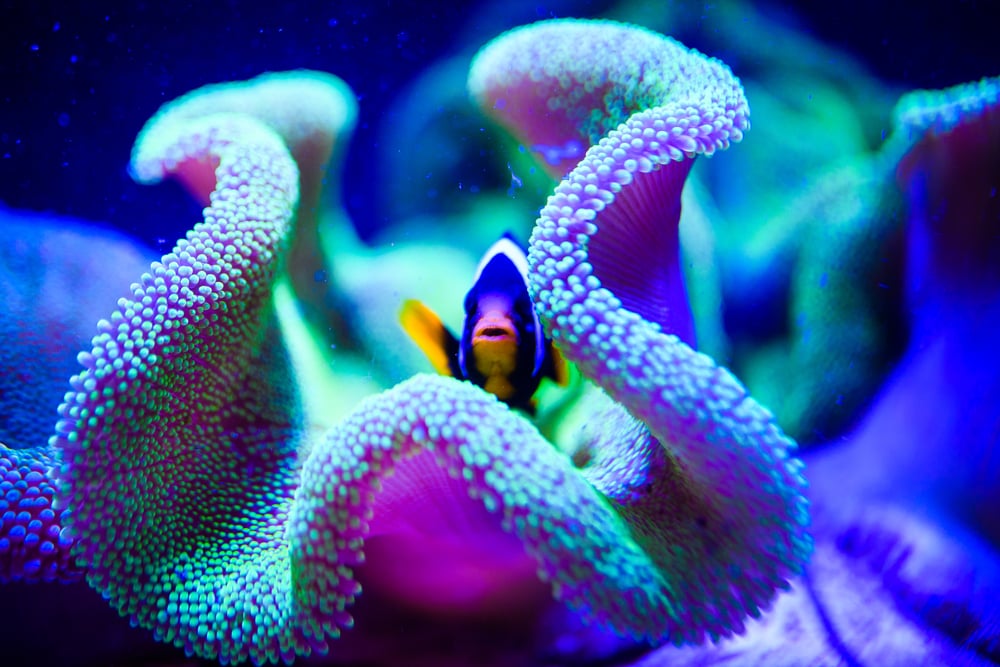The Great Barrier Reef is officially recognized as one of the 7 Natural Wonders of the World because it is the largest coral reef in the world. It is considered a natural wonder for several compelling reasons:
- Breathtaking Biodiversity: The Great Barrier Reef is home to an unparalleled diversity of marine life, including thousands of species of fish, coral, mollusks, and other marine organisms. Its vibrant ecosystems contribute to its status as a biodiversity hotspot.
- Largest Coral Reef System: Stretching over 2,300 kilometers (1,430 miles), the Great Barrier Reef is the world’s largest coral reef system. Its sheer size and complexity make it a natural wonder, showcasing the intricate interplay between marine life and coral formations.
- Magnificent Coral Formations: The reef boasts a stunning array of coral formations, including intricate coral gardens, colorful coral bommies, and vast coral cays. These formations contribute to the reef’s visual appeal and ecological significance.
- Global Environmental Importance: As a UNESCO World Heritage Site, the Great Barrier Reef holds global environmental significance. It plays a crucial role in maintaining the health of the world’s oceans, serving as a habitat for numerous species and contributing to the overall balance of marine ecosystems.
- Tourist Attraction and Recreation: The Great Barrier Reef attracts millions of visitors annually who seek to witness its beauty and engage in various recreational activities such as snorkeling, diving, and boat tours. Its popularity as a tourist destination enhances its global recognition.
- Cultural Significance: The Great Barrier Reef holds cultural importance for Indigenous Australian communities, adding a cultural and historical dimension to its natural wonder status.
- Conservation Challenges: The reef faces environmental threats, including coral bleaching and climate change. Conservation efforts to preserve and protect the Great Barrier Reef highlight the importance of safeguarding this natural wonder for future generations.
The Great Barrier Reef is one of the Seven Natural Wonders of the World for its statistical and ecological significance, breathtaking beauty, and global importance make it a natural wonder of the world.

